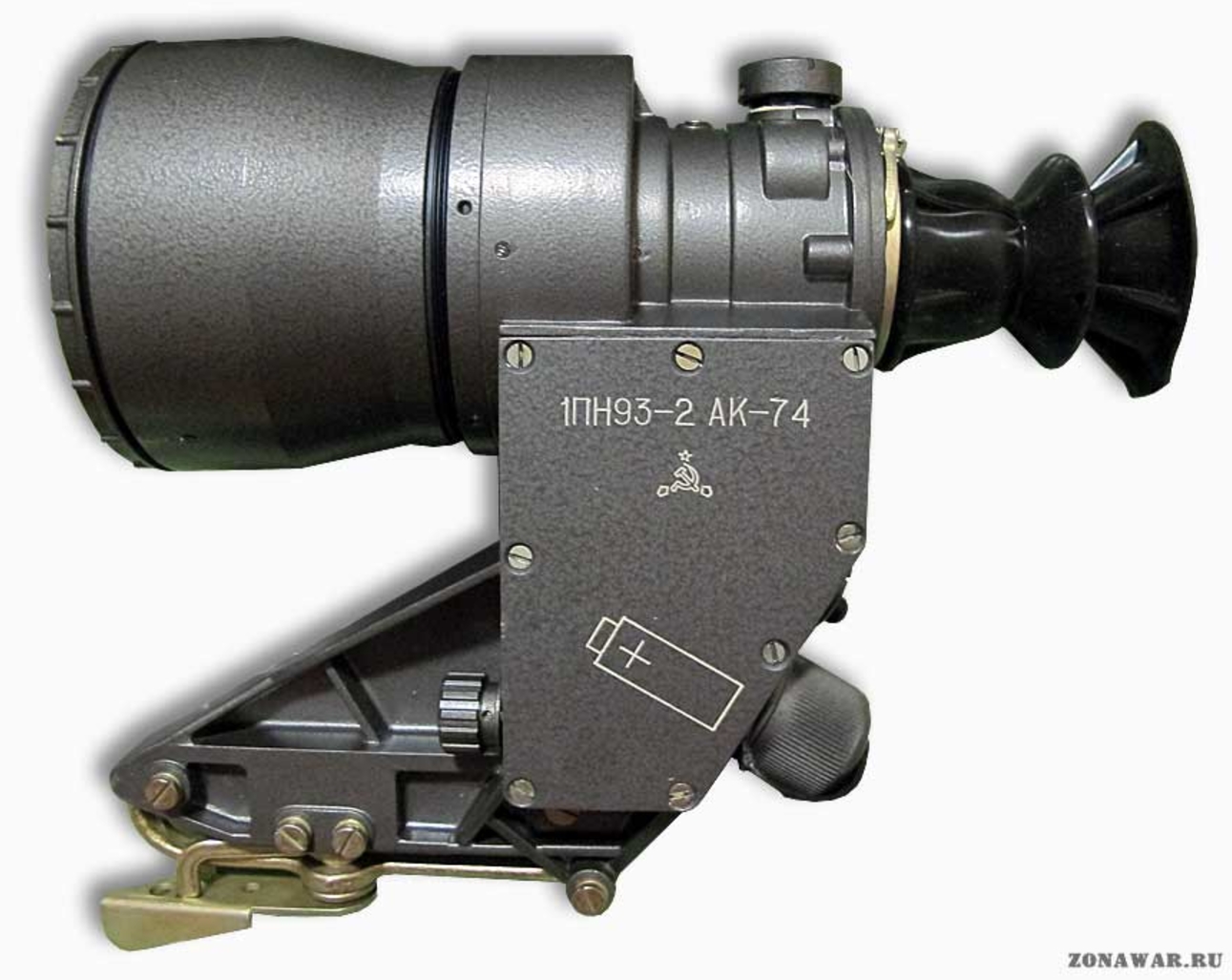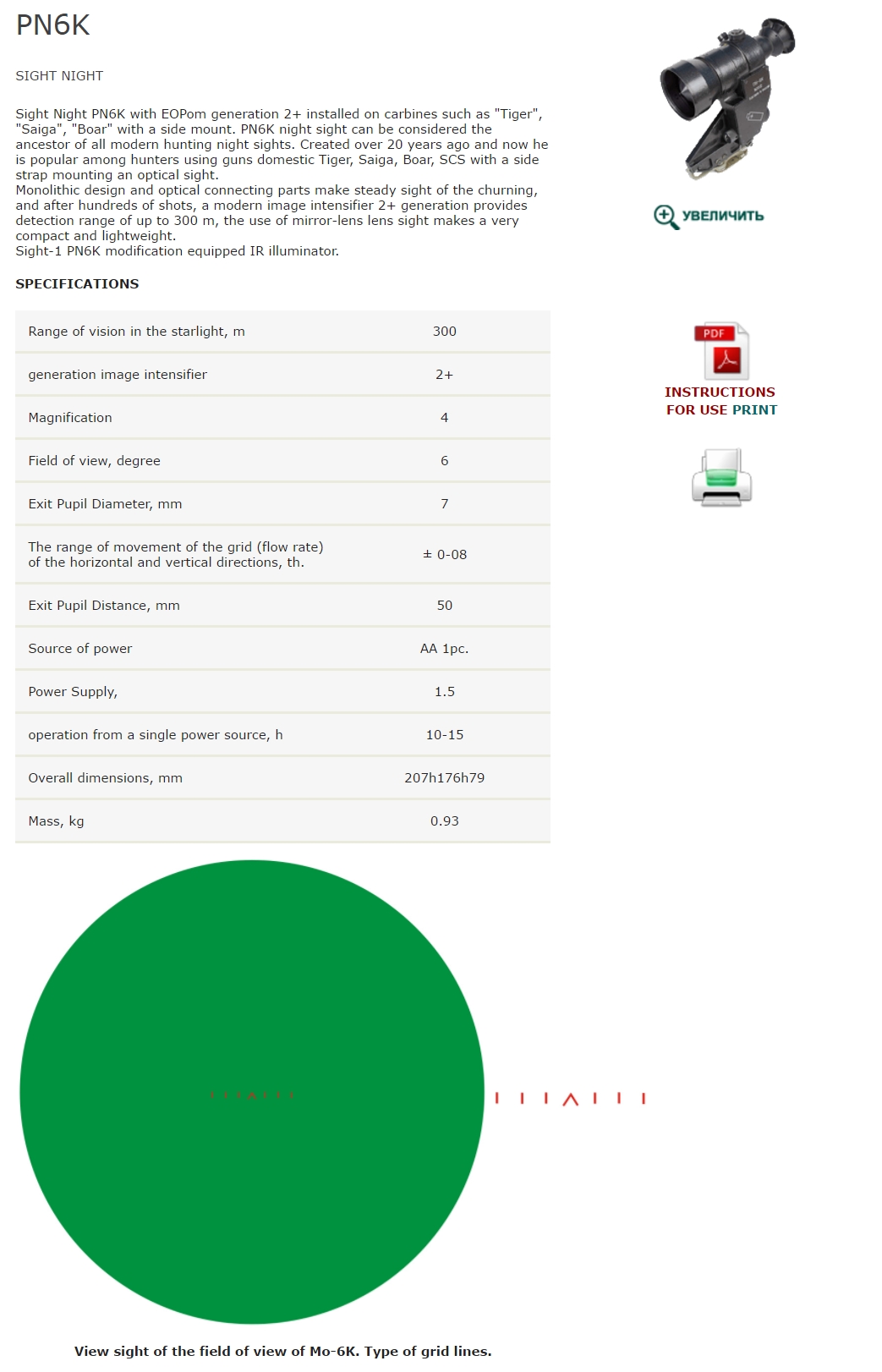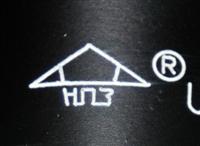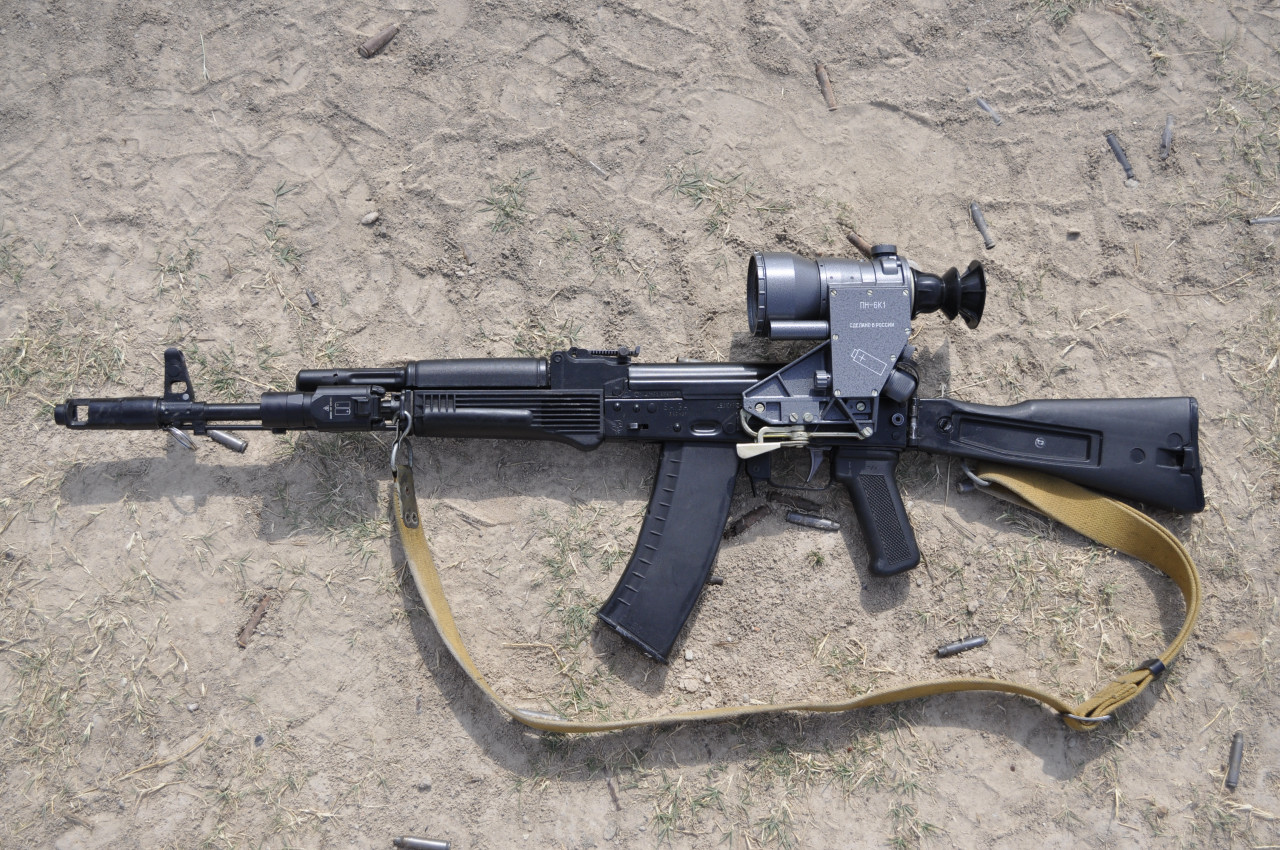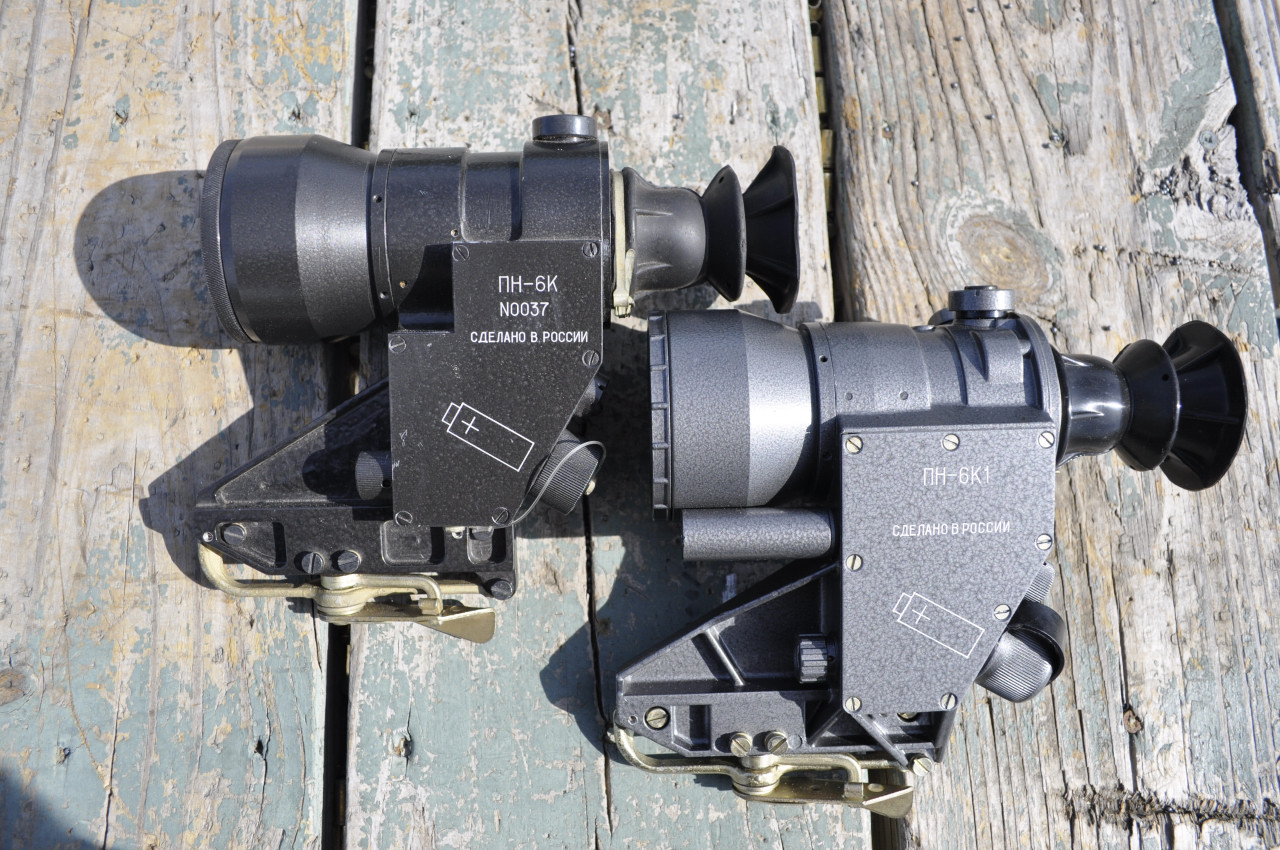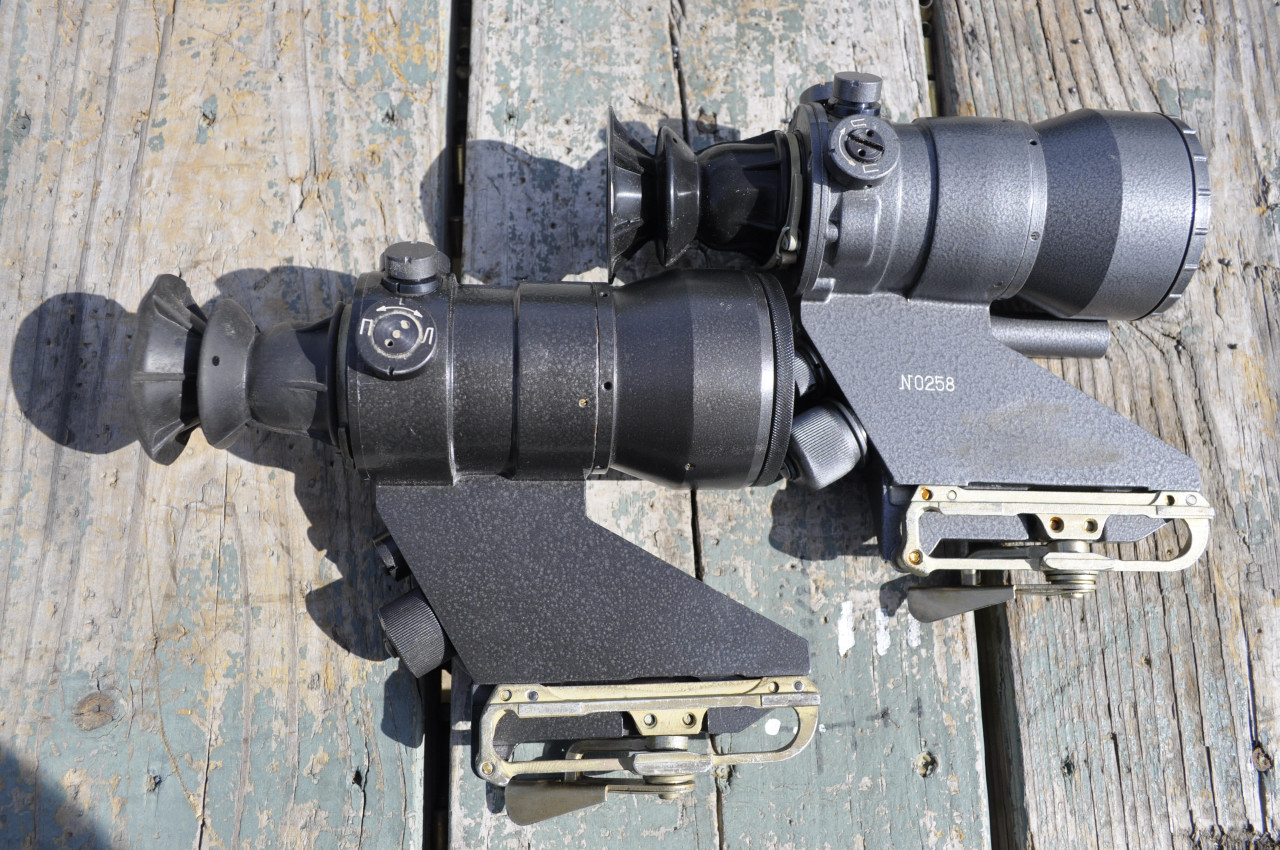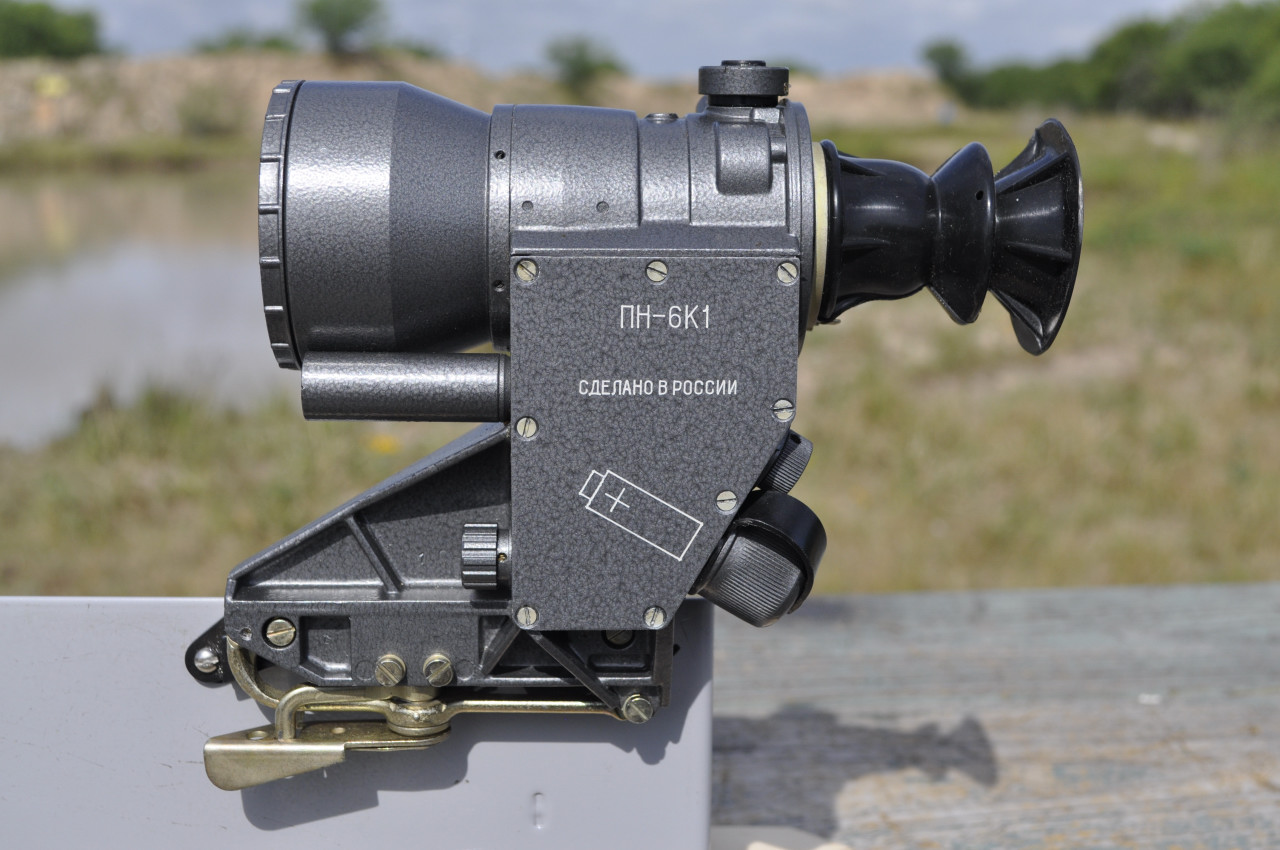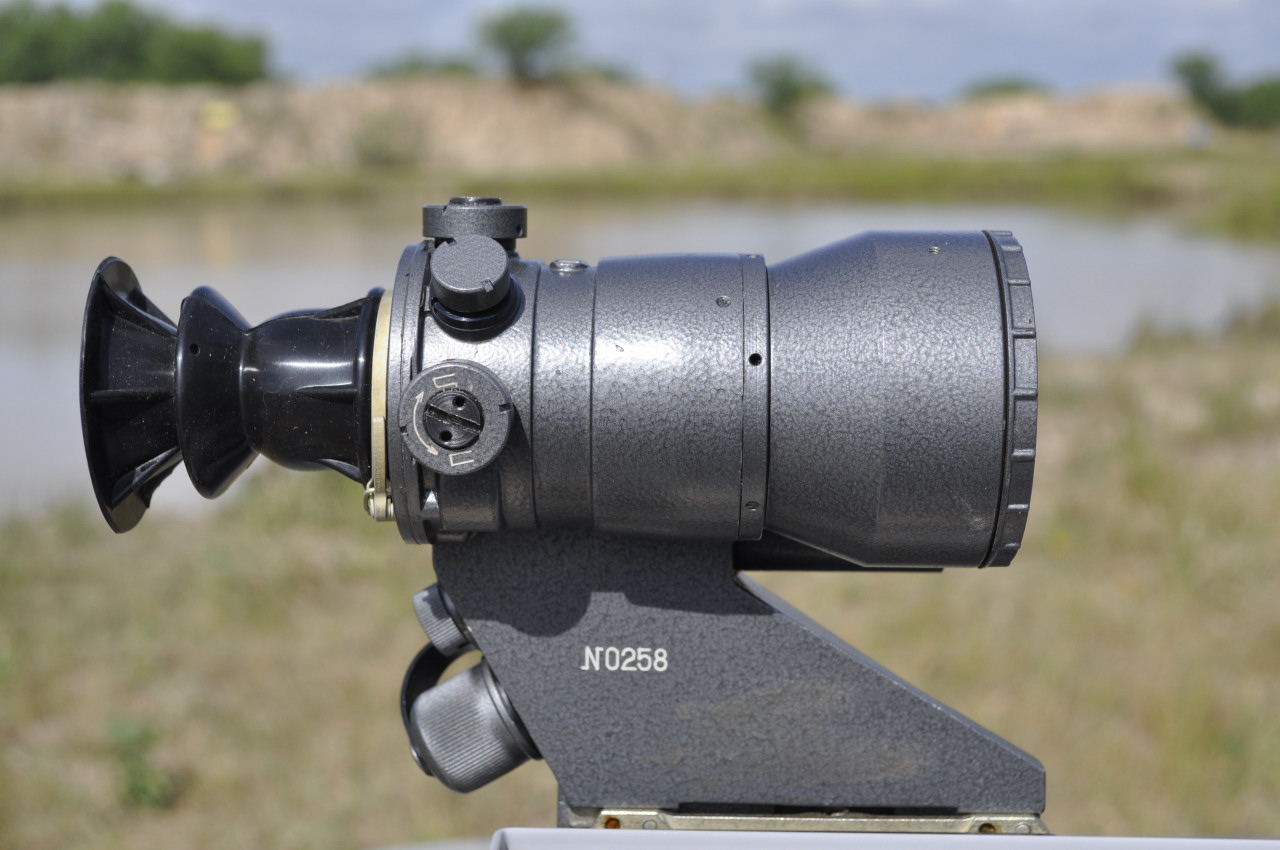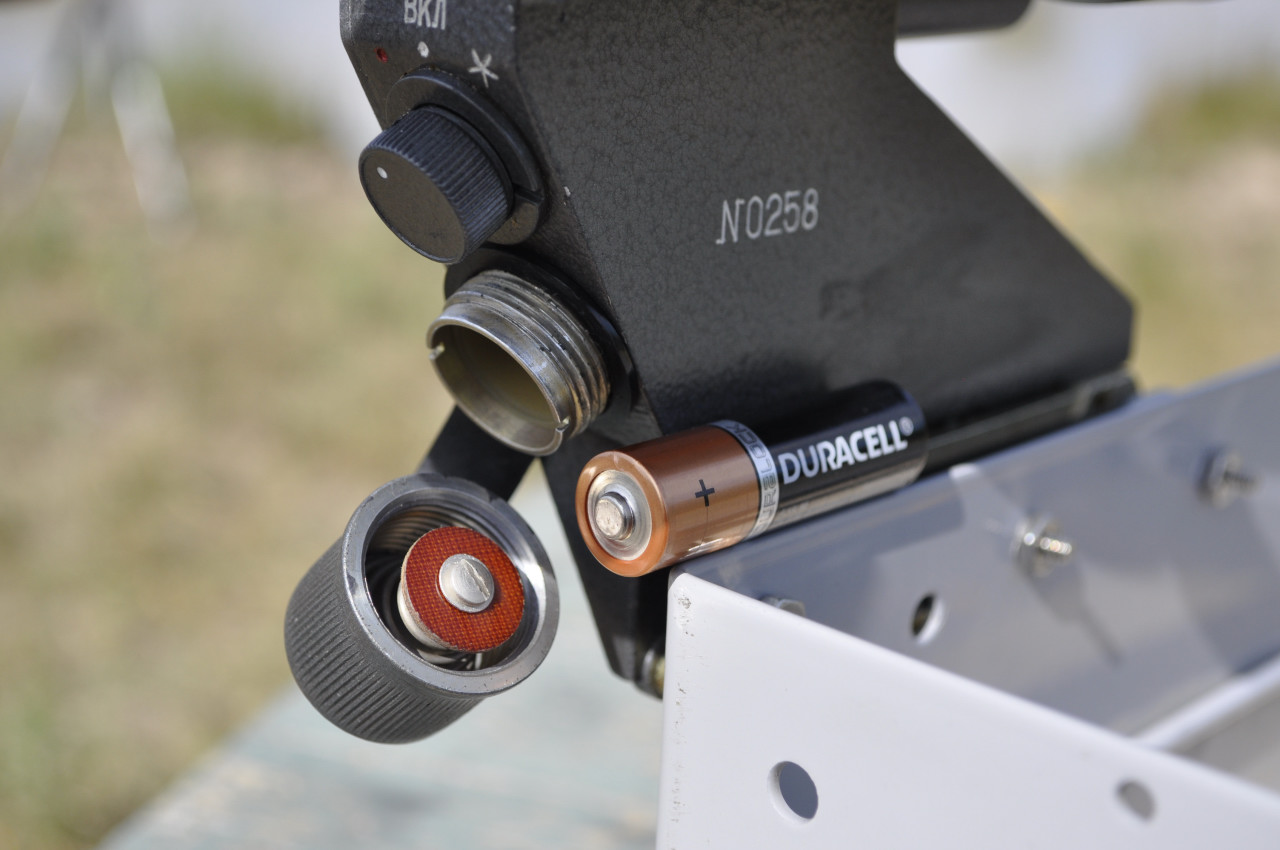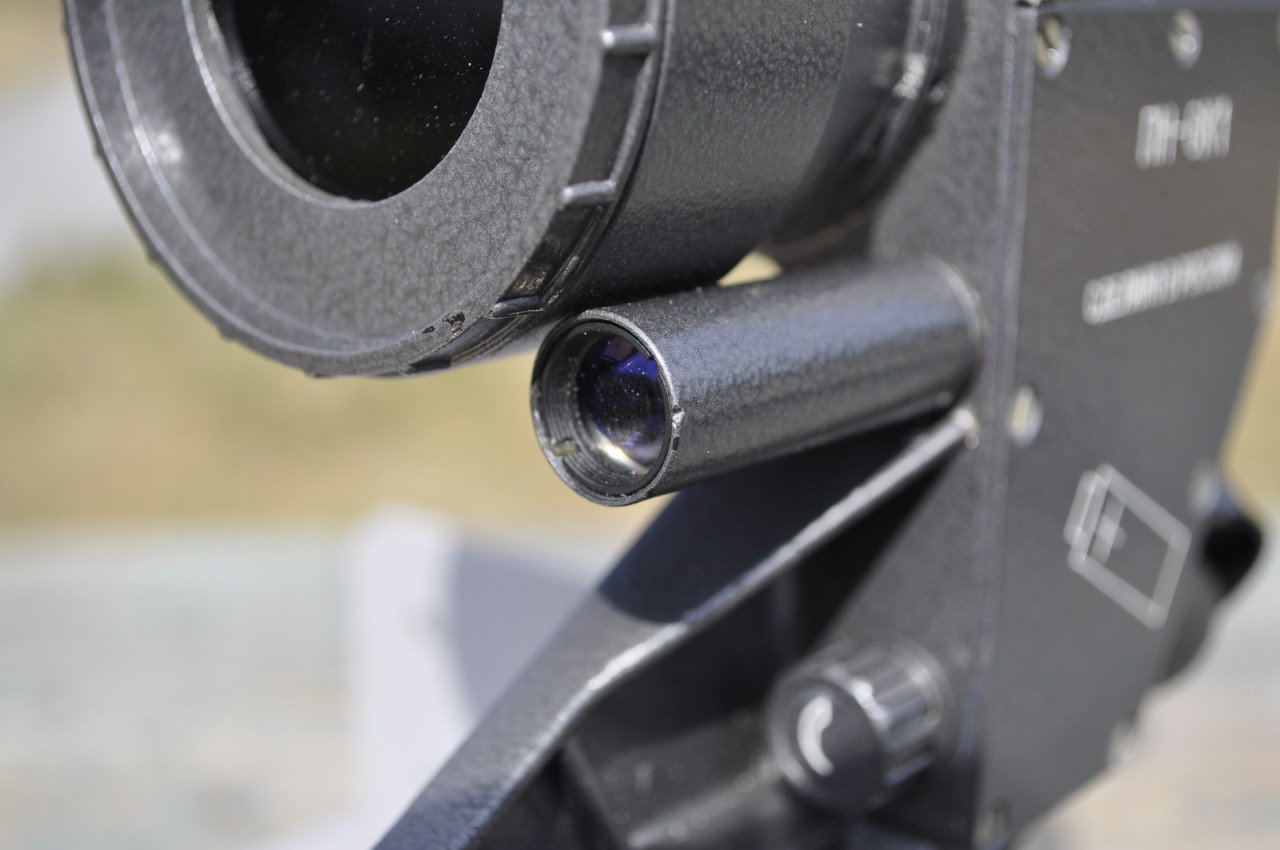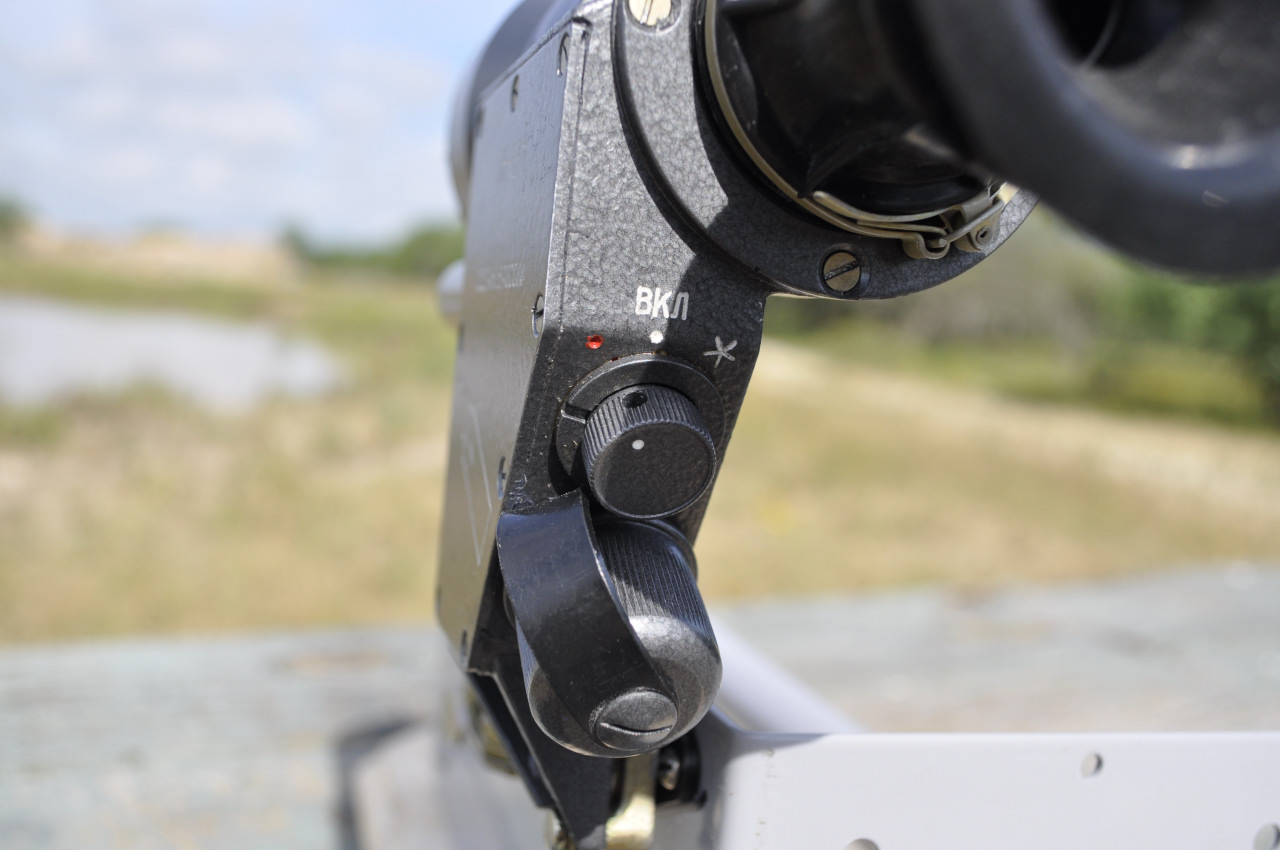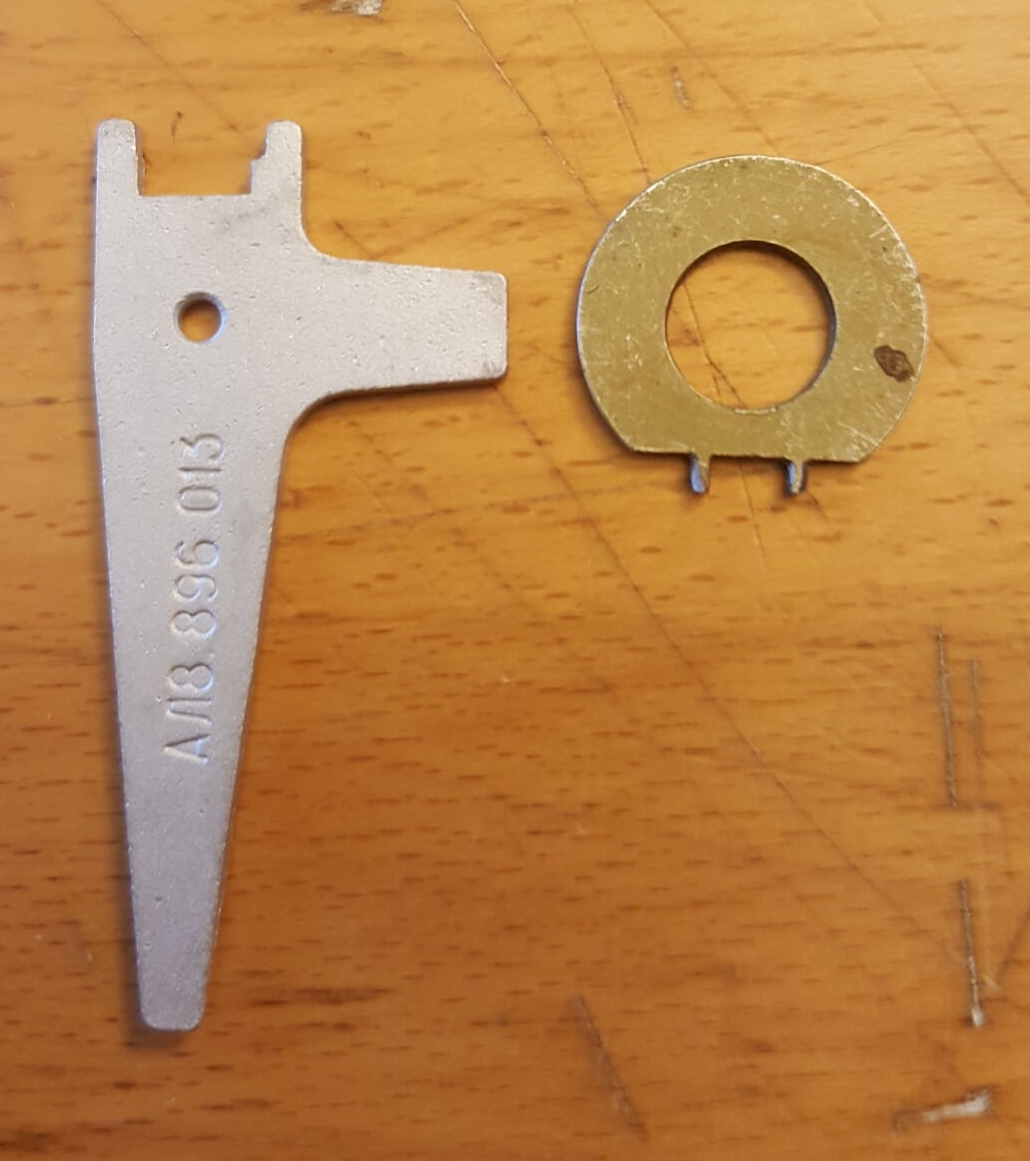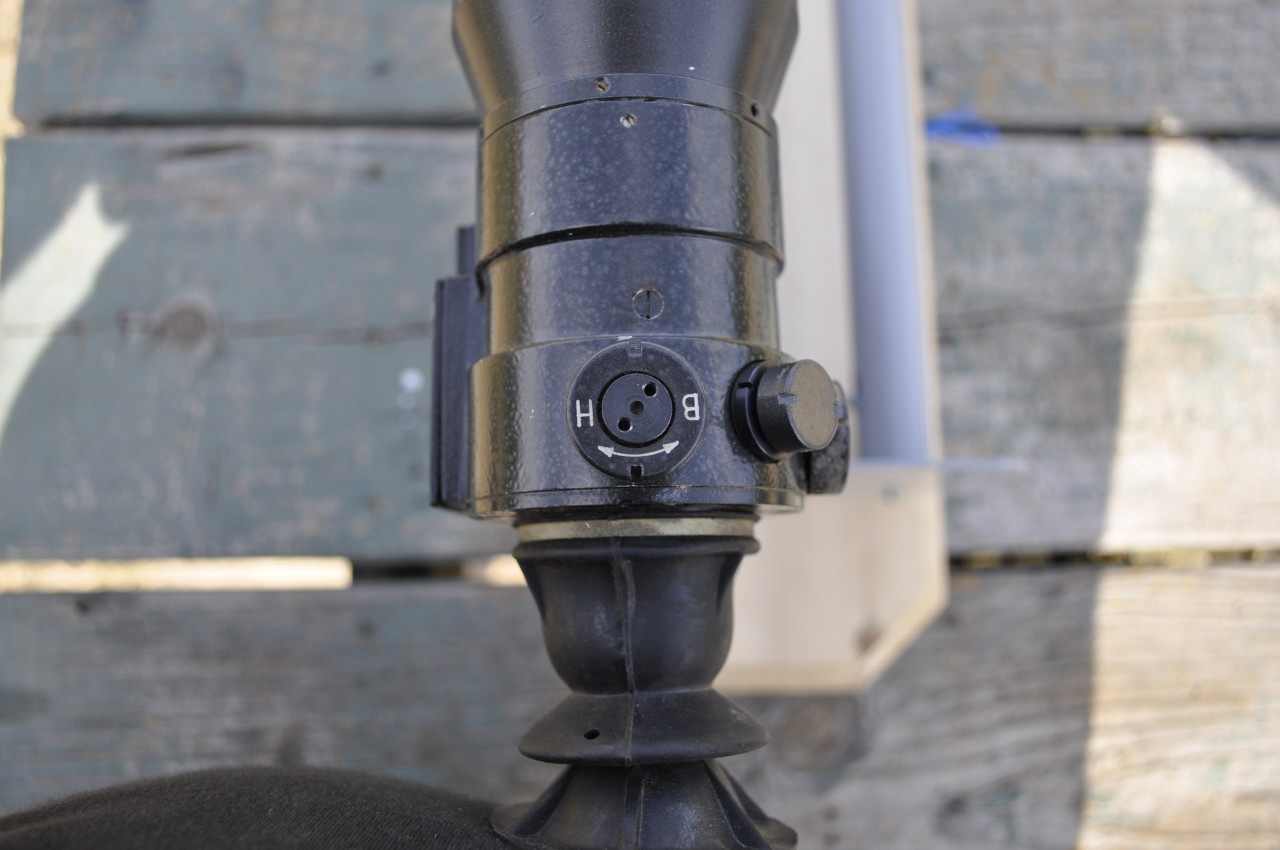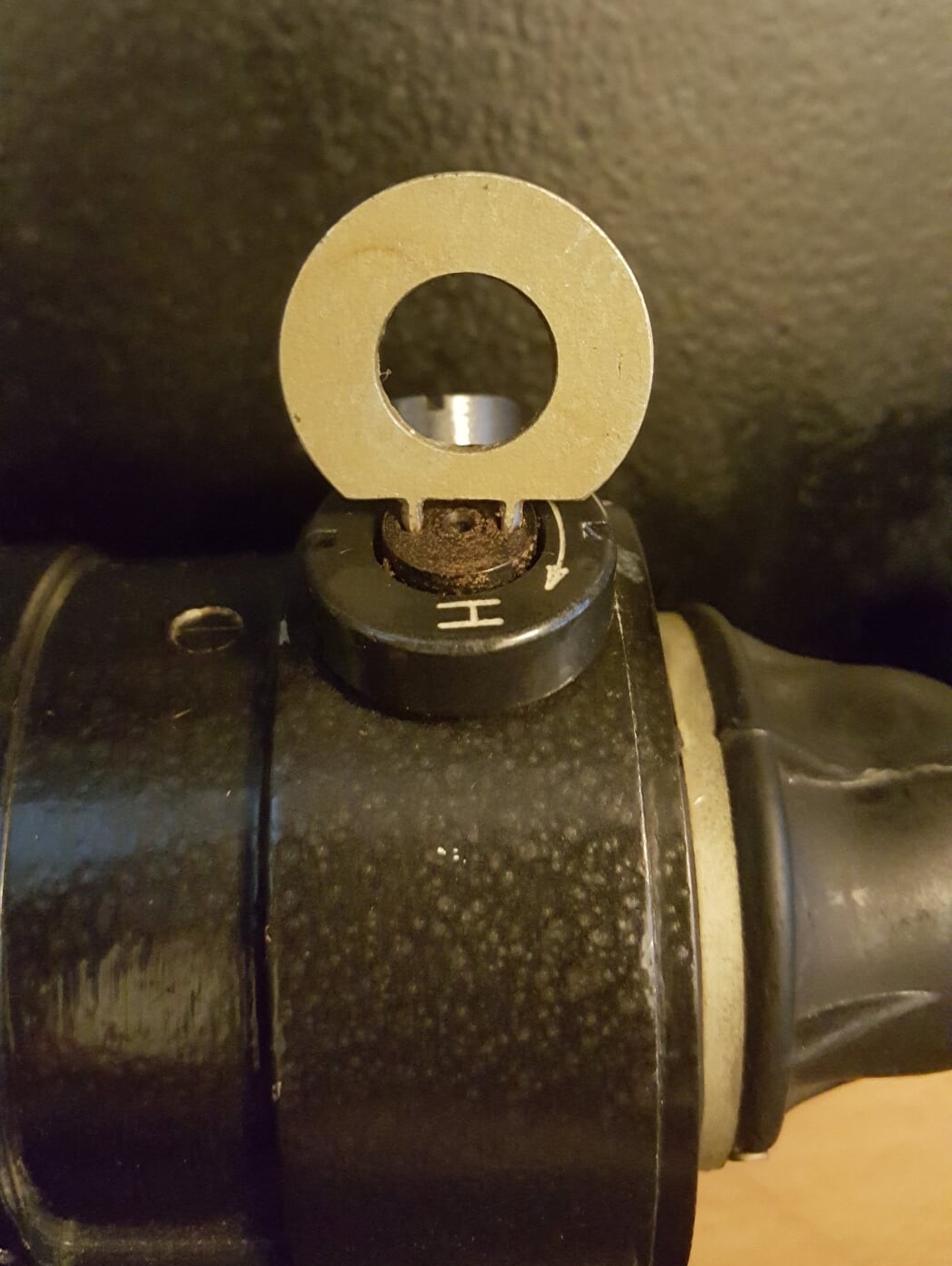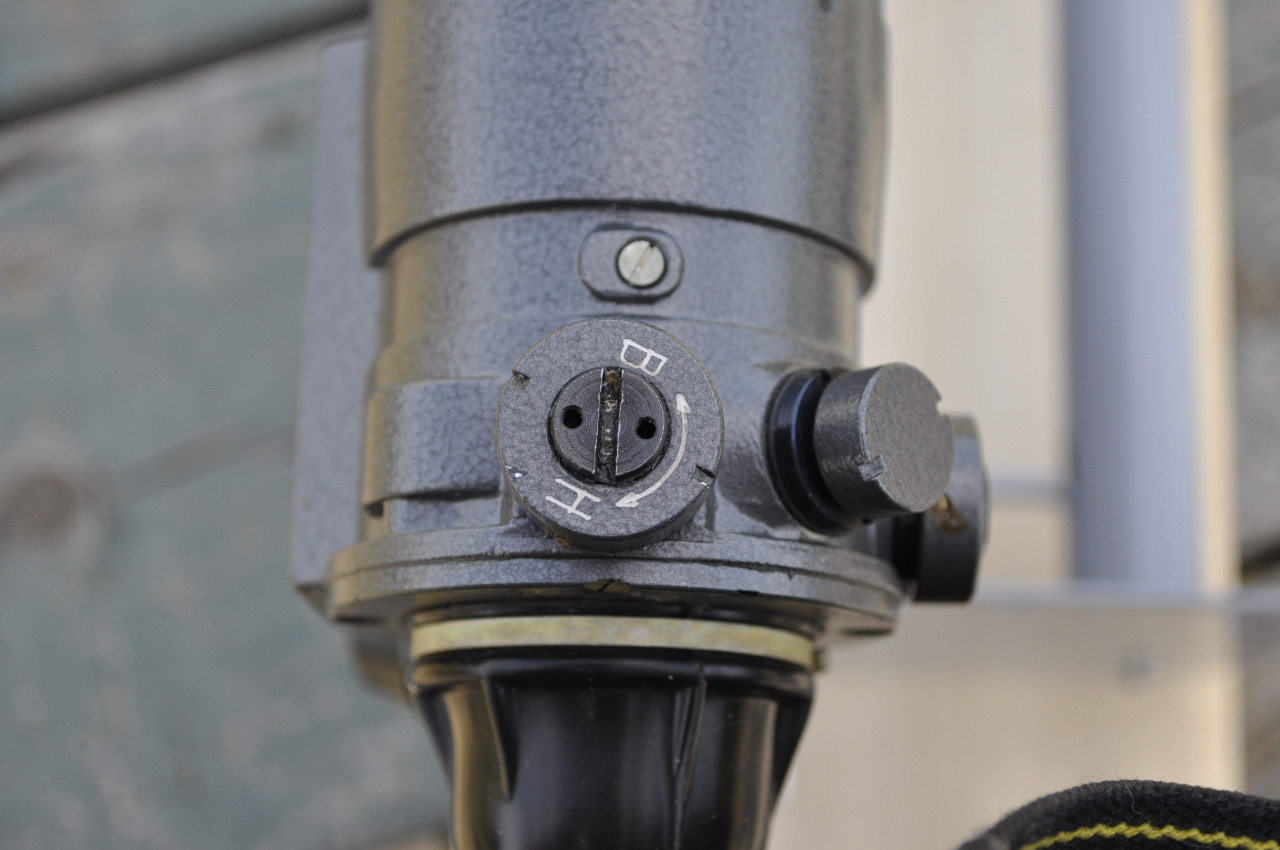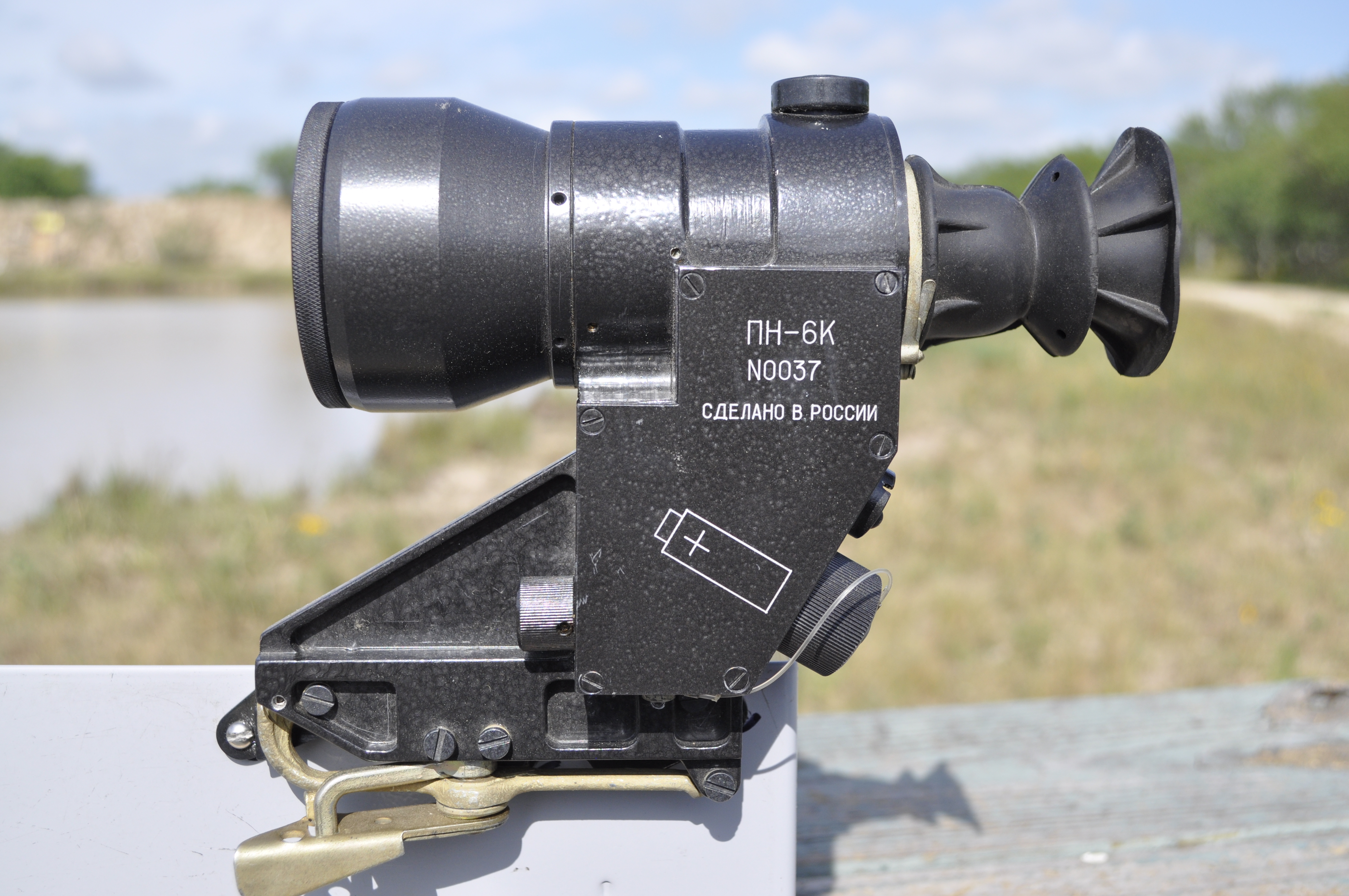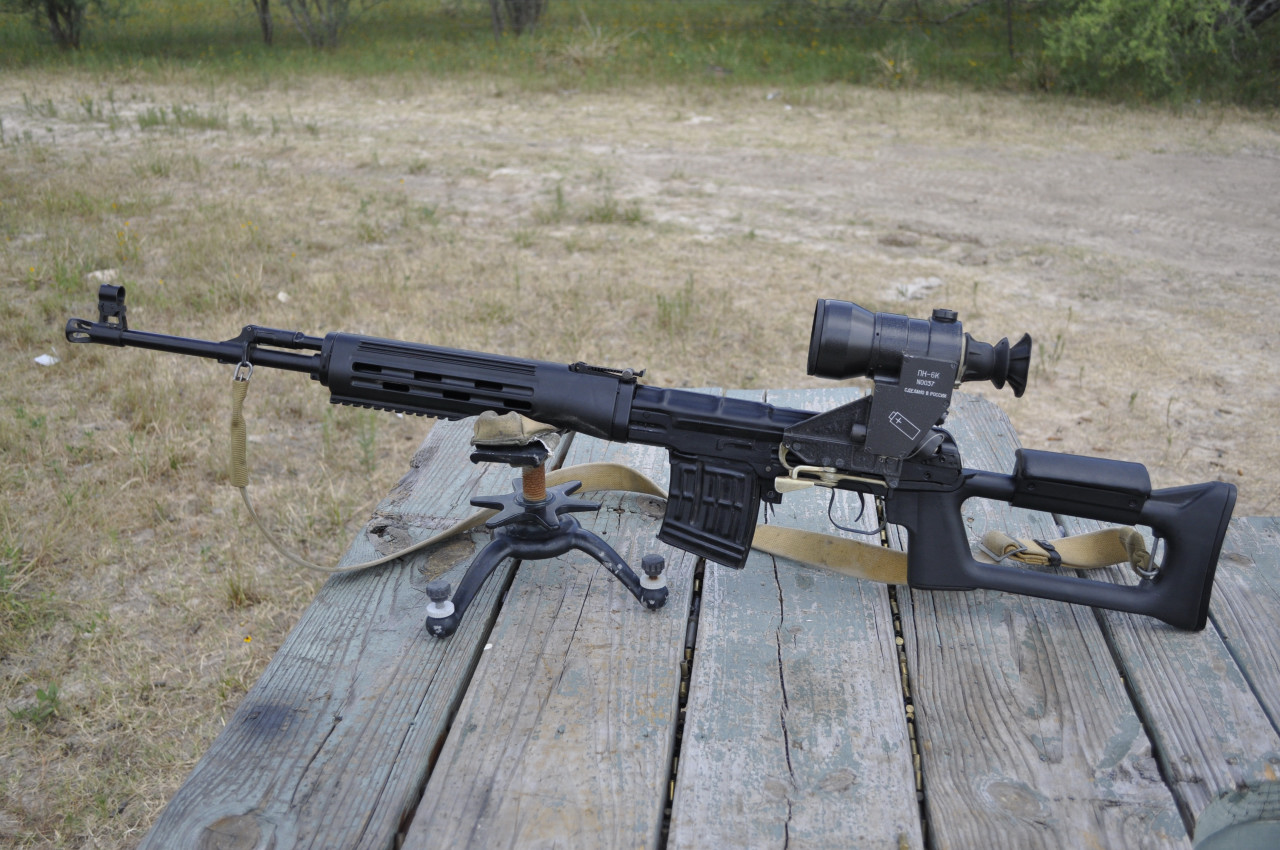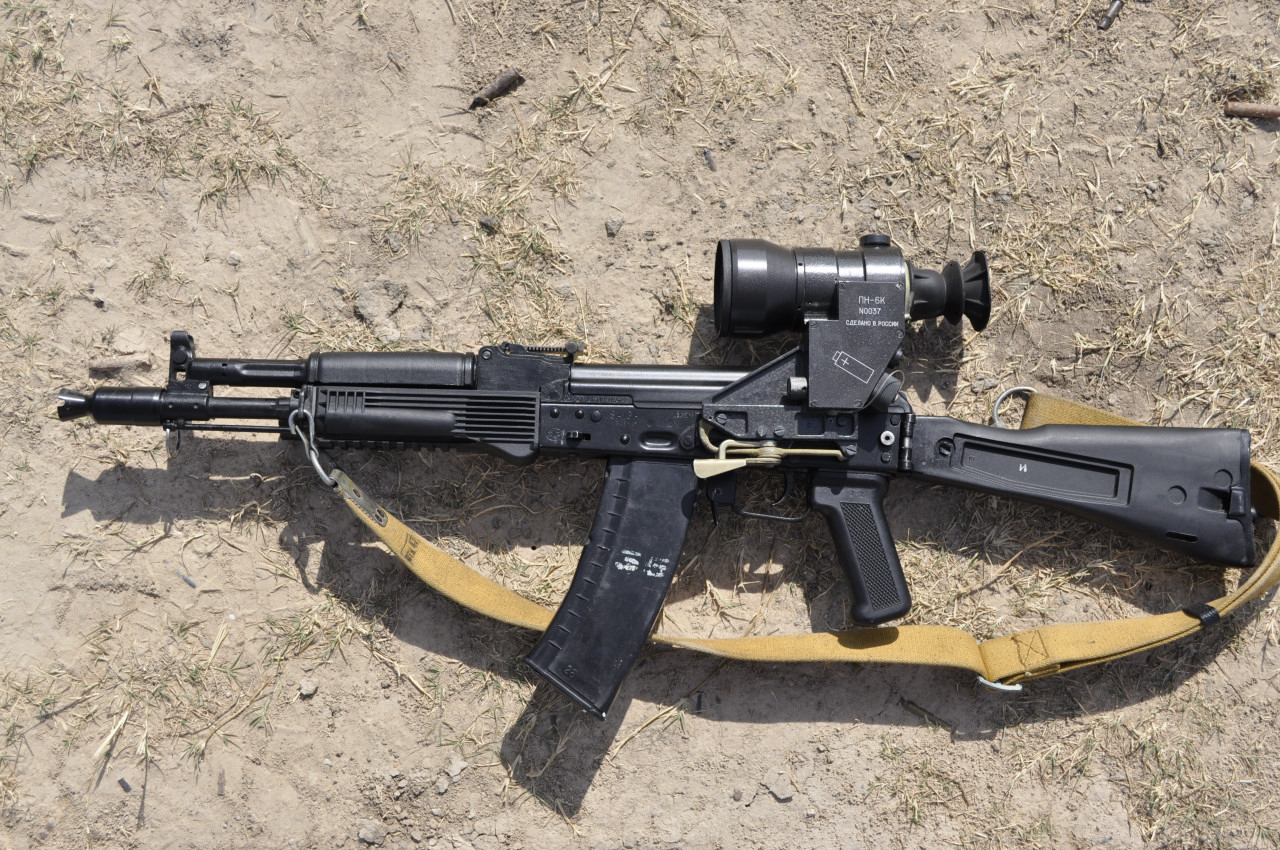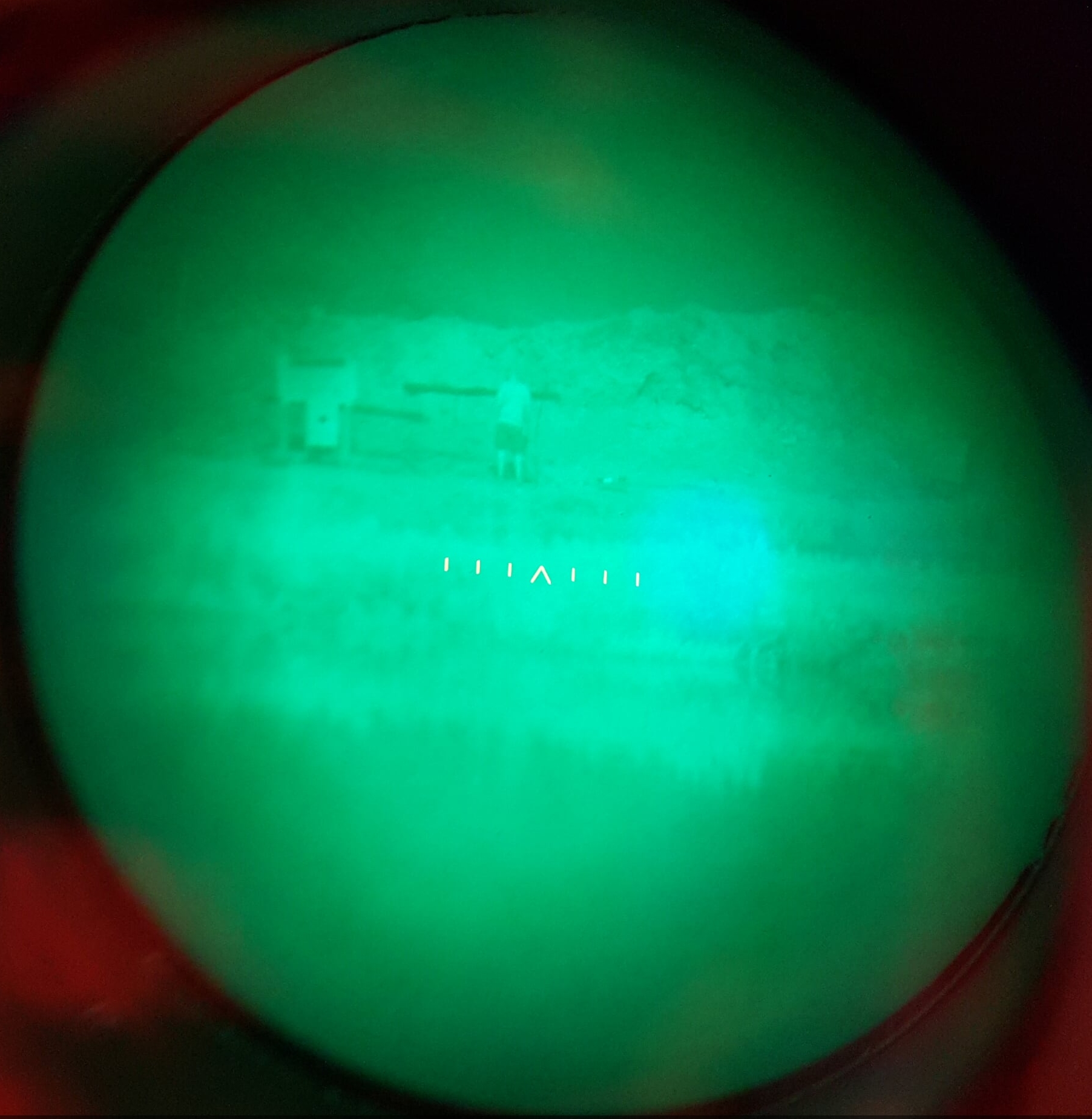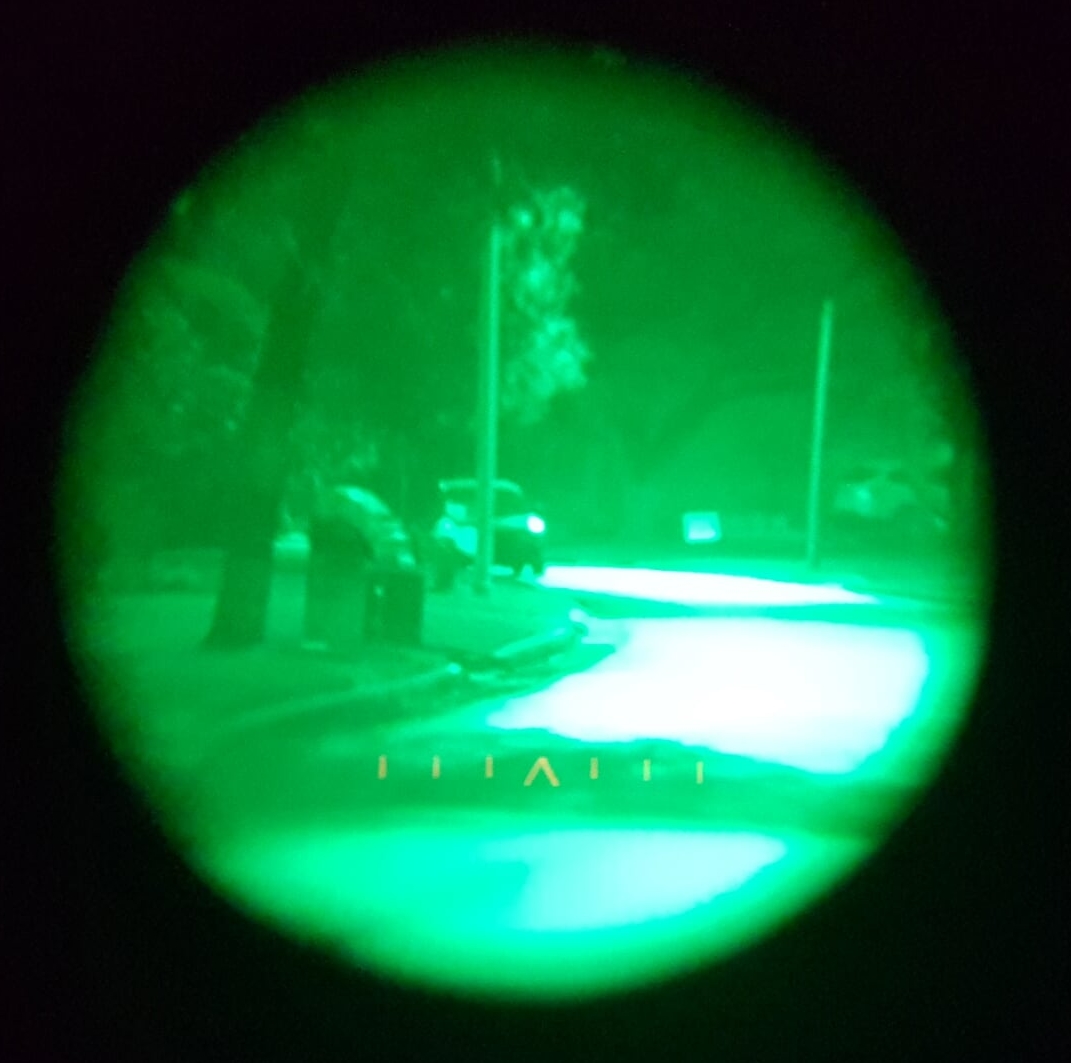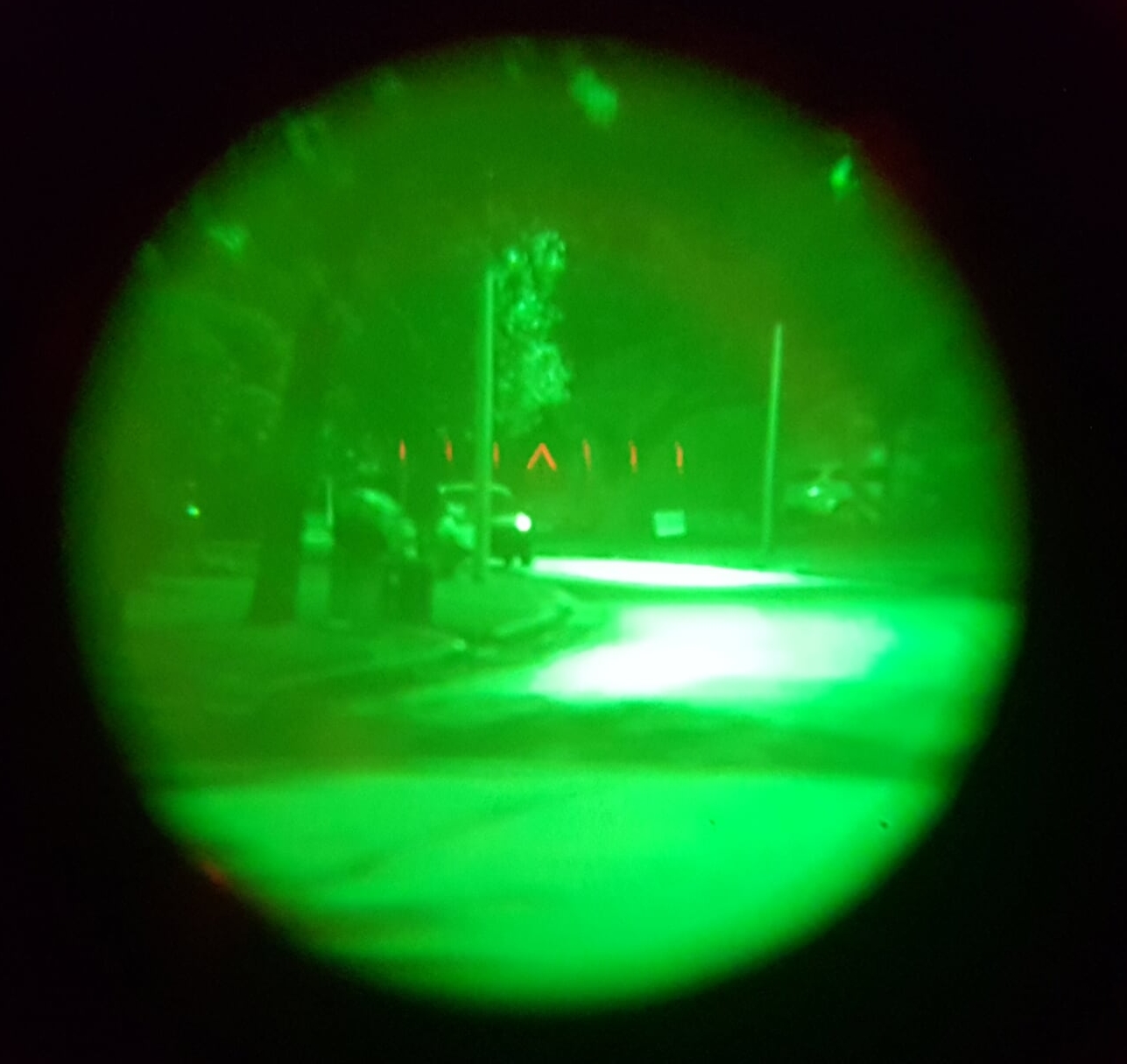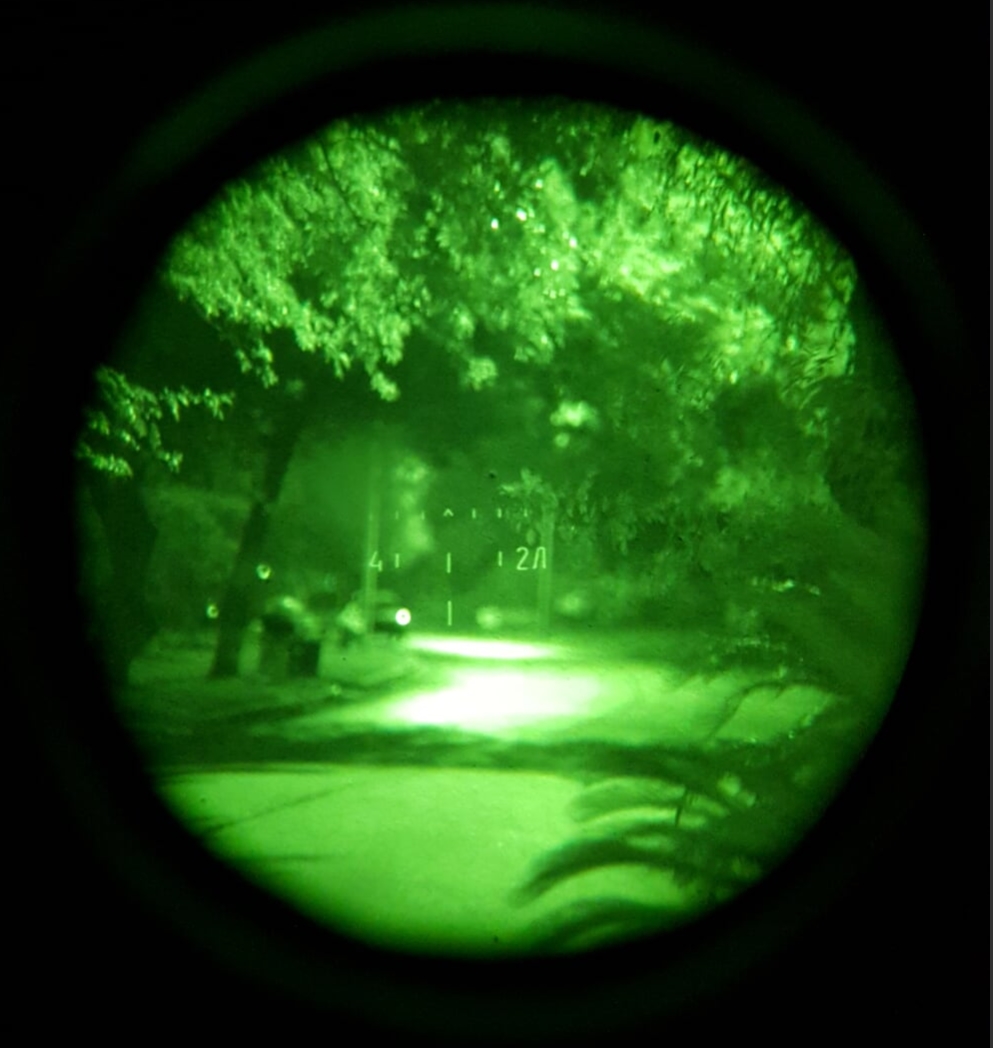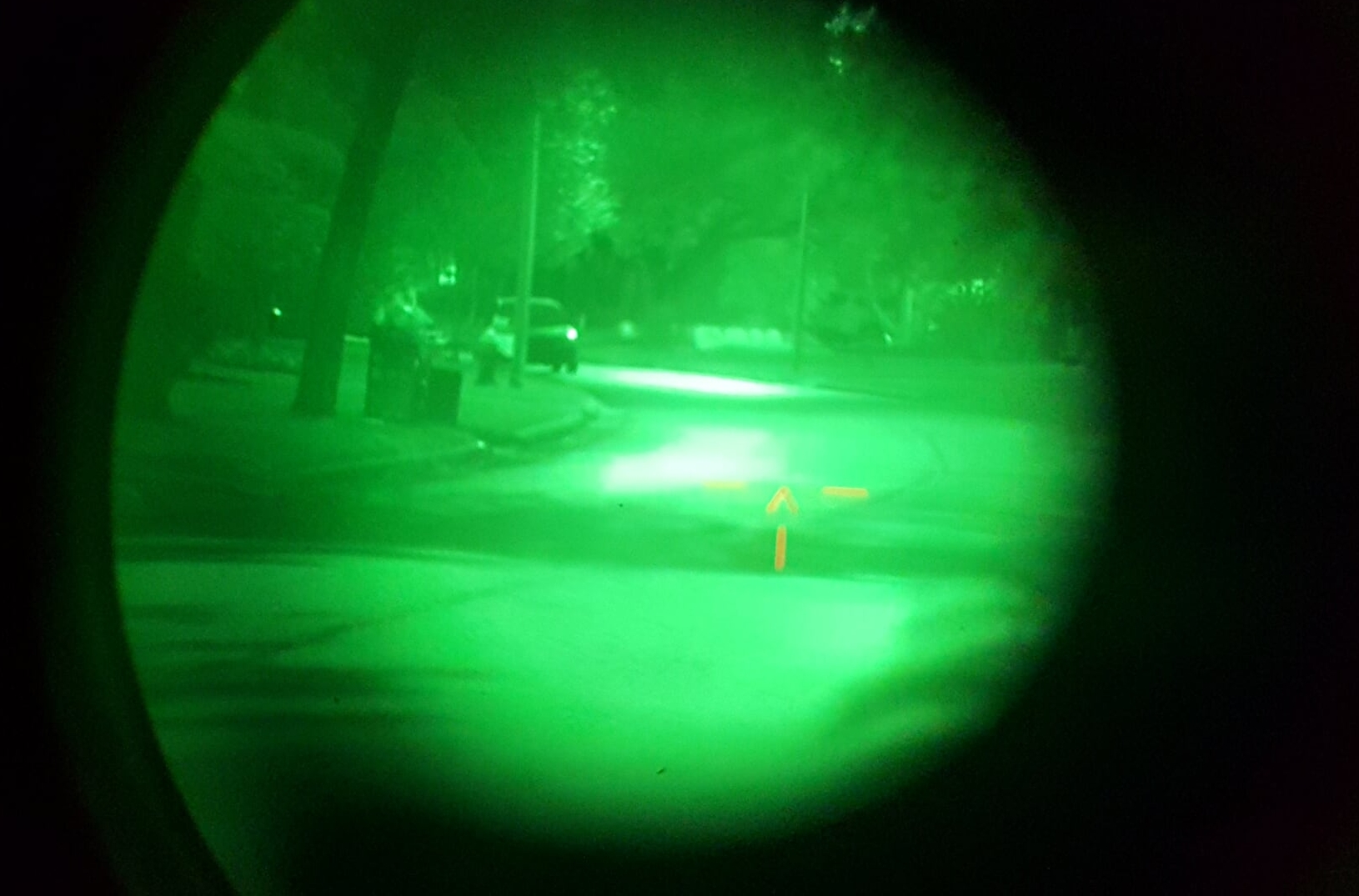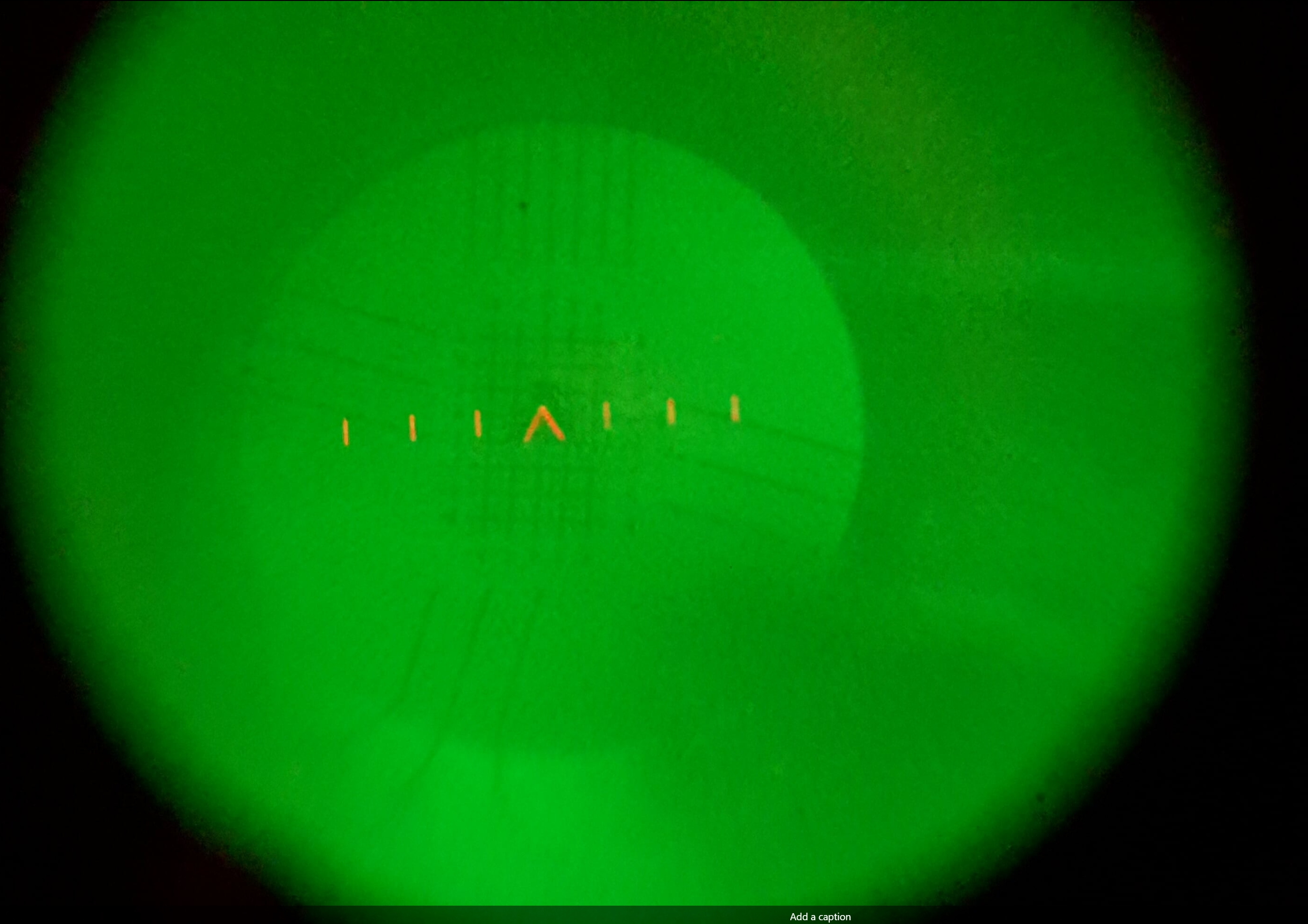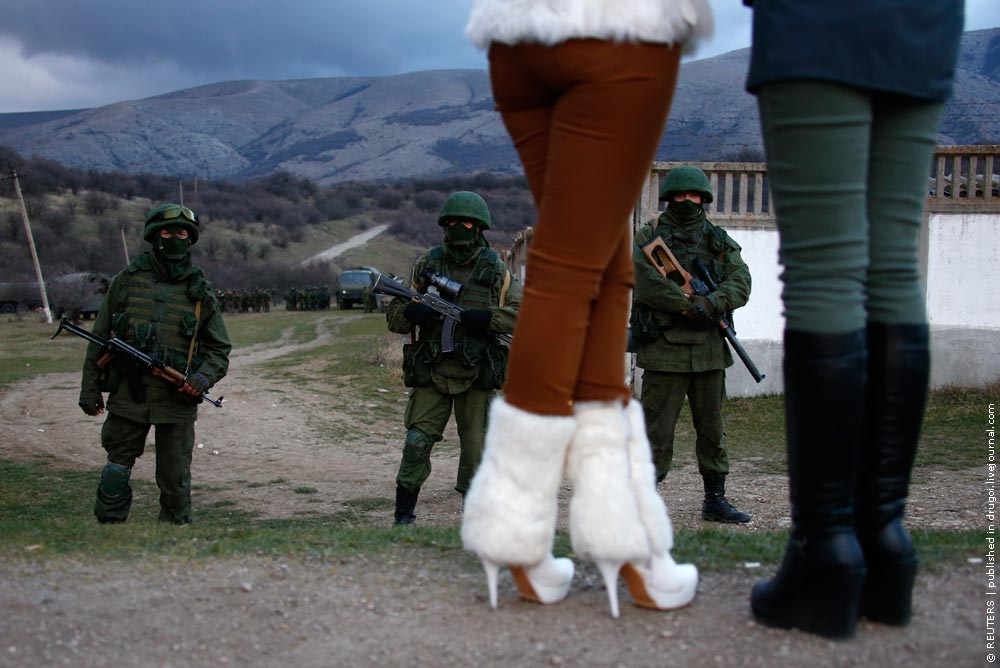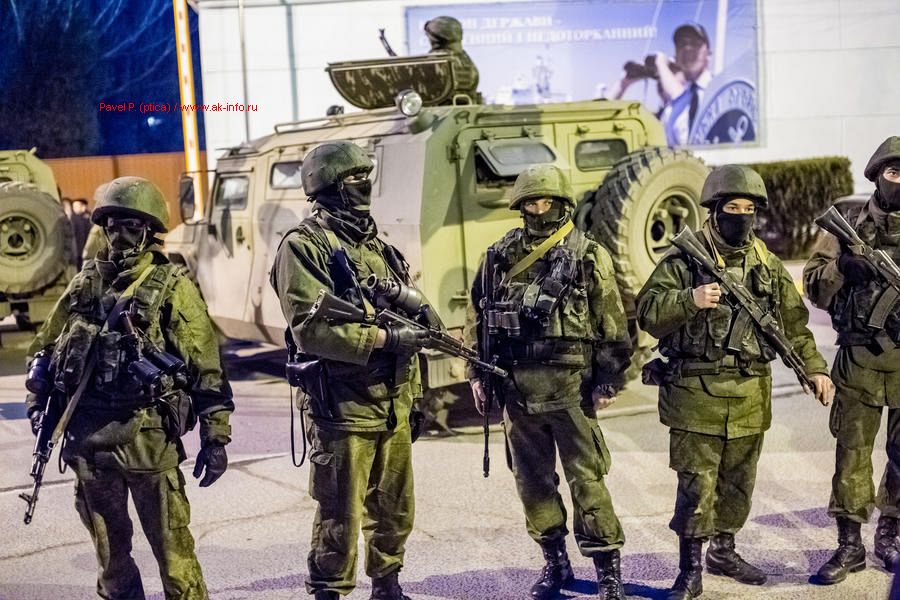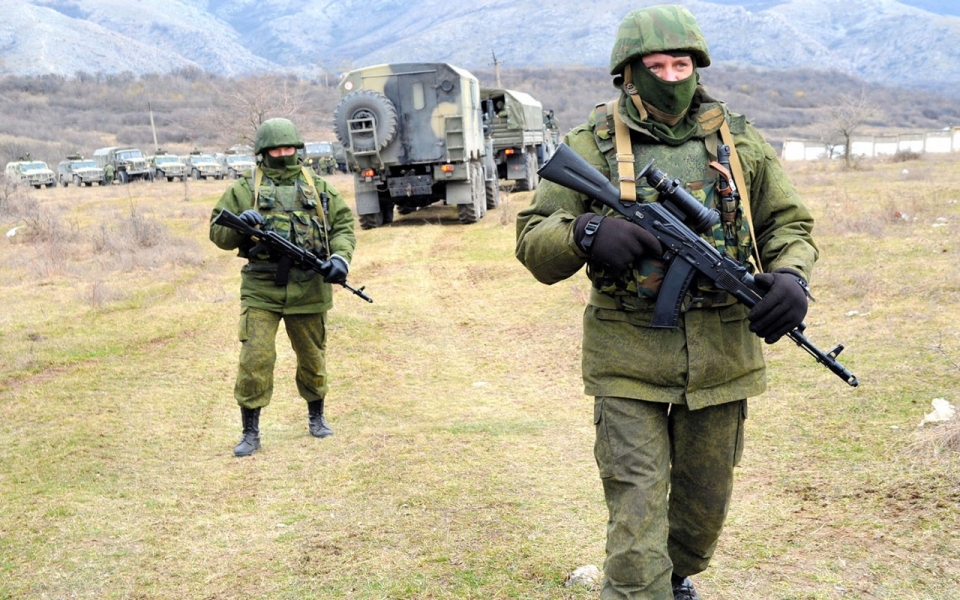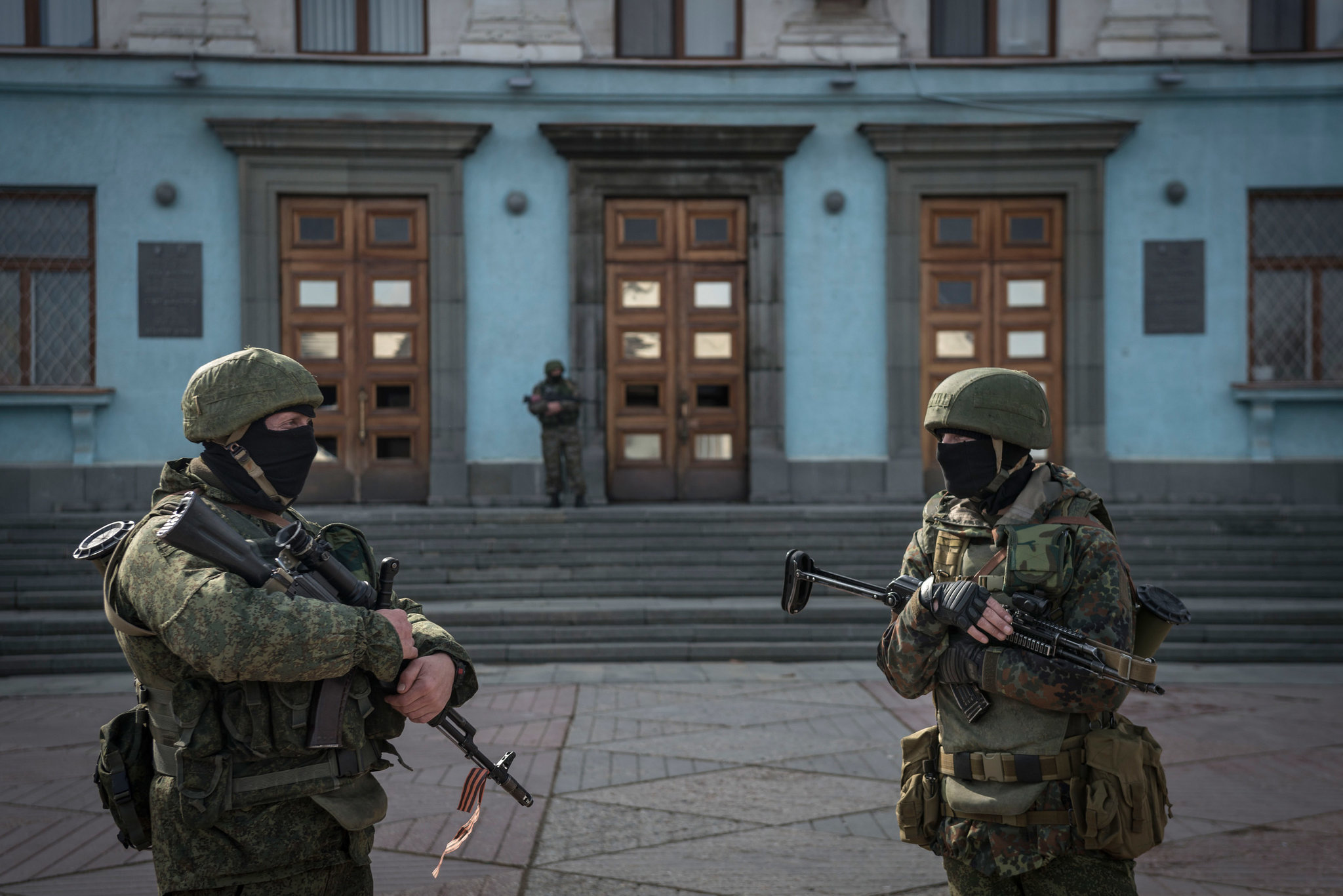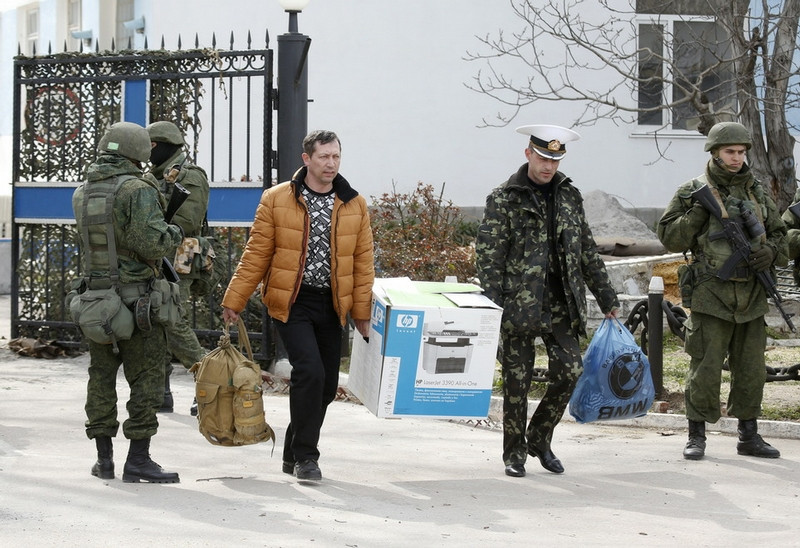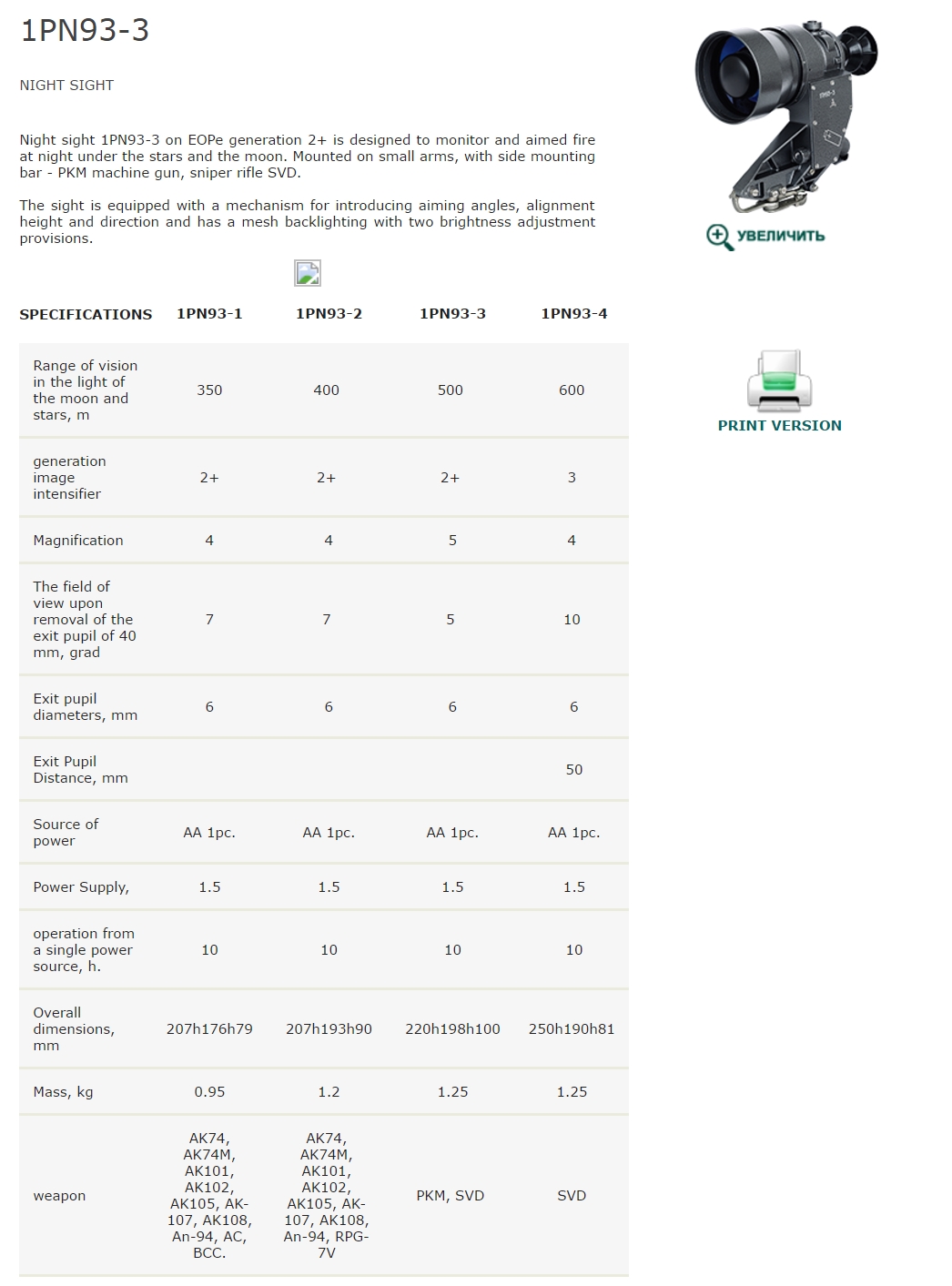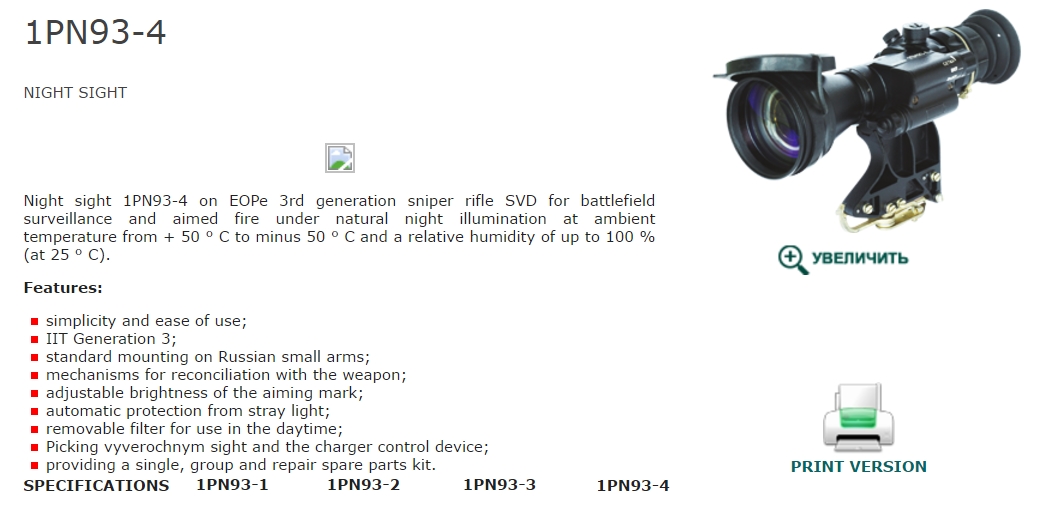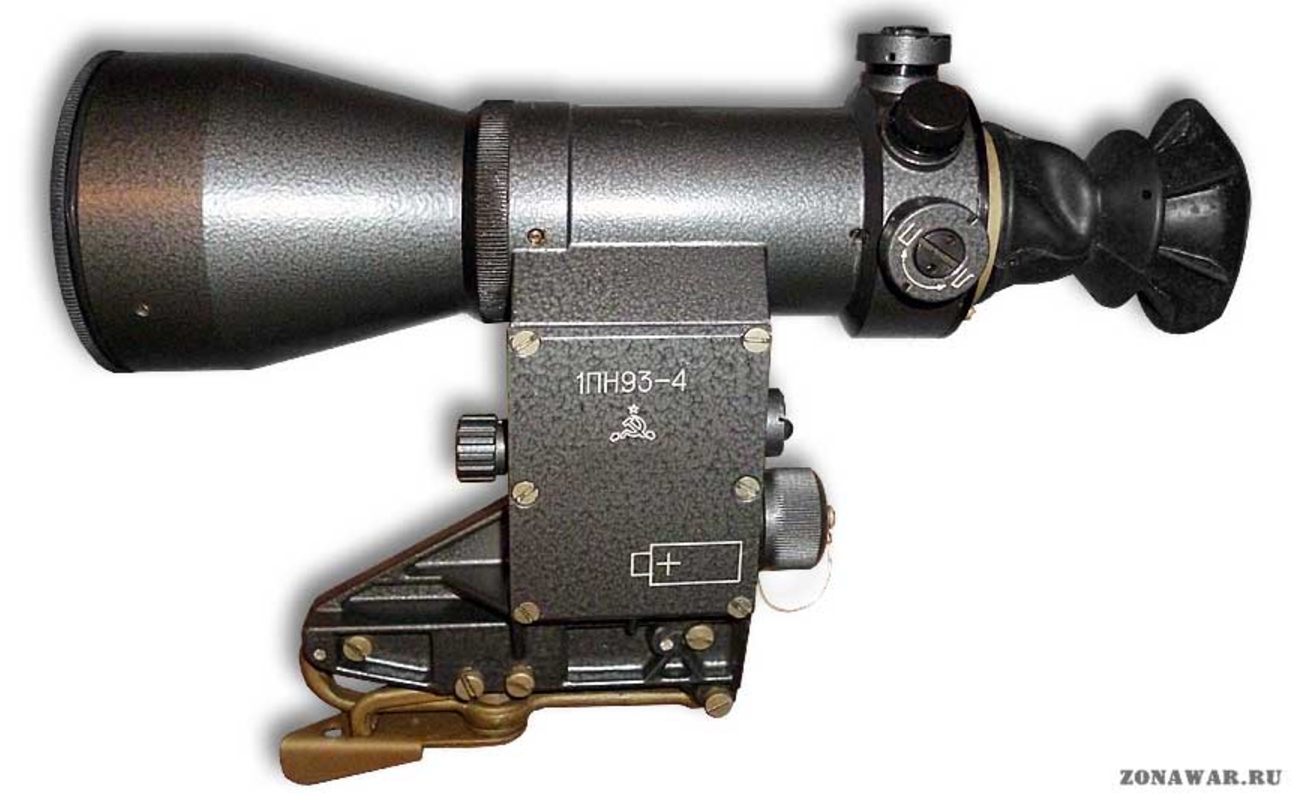As I understand it these are the optics that
entered service in the mid 90s to replace 1PN51. Both
are considered Gen 2+ and perform well in the range of
testing I have completed so far.
Like PN-6K5 which is the civilian version of 1PN114
both of these optics are the civilian version of
1PN93, and also appear to have downgraded electronics.
Both have civilian reticules and neither have any form
of military ballistic cam like older Soviet night
vision optics. The main difference between PN-6K and
6K1 is the IR illuminator that 6K1 carries. PN-6K is
the equivalent of 1PN93-2 (AK74) but I do not see a
military version of 1PN93 with an illuminator. This
PN-6K was manufactured in 1998 and is a factory
refurb, the PN-6K1 was manufactured in 2009 and is
also an NPZ factory refurb.
While these are a huge huge step up from 1PN34 and
1PN58 I am still on the bench whether they are more
effective at seeing in the dark than 1PN51 is.
Definitely lighter and more compact for sure, and a
really nice change from the monolithic cold war era
devices. Overall I do give the edge to the newer
optics but it terms of viewing effectiveness under a
broad range of lighting conditions it is not easy to
be sure. 1PN51 has some advantages and PN-6K has
others.
My observations so far are that in urban environments
both are noticeably better than 1PN51 and do very well
indeed, but in wide open fields under the stars I
often feel like 1PN51 has the advantage. I suspect
this is likely due to the difference between military
grade Gen 2 vs the civilian Gen 2+ electronics of
PN-6K
1PN51 is the best optic I have seen by far for indoor
and close range use. Both PN-6K and 6K1 do not perform
extremely well inside of a house. Usable, but the
image is very grainy and blocky, the FOV is small and
the magnification does not lend itself well to such a
close ranged environment.
Outdoors both PN-6K and 6K1 have noticeably
smaller FOVs than most older night vision optics but
this is not a limiting factor in their effectiveness.
Overall these are very useful optics and I would more
than likely take PN-6K1 if I could only pick one for
the AK. For the SVD there is no question it would be
PN6K-5 instead however. The difference is really quite
remarkable between them.
The nice thing about modern Russian night vision is
the use of standard AA batteries...they no longer need
special purpose military batteries, and the
conversions often required of them. This makes
operating PN-6K extremely simple.
PN-6K on the AK105 / SGL31
Mini 4 suppressor, Griffin 24x1.5 to 1/2x28 adapter
and AK9 railed hand guard
Sadly the Mini 4 and Griffin 24x1.5 to
1/2x28 adapter do not allow enough concentricity for
the suppressor to be used, but it is a good photo
anyway
You do have to be very careful with any 24x1.5 FSB and
triple check for concentricity. There are plenty of
variations in how the barrels and FSB's are cut and it
is very very easy to get a baffle strike even when it
all seems eyeballed correctly
Dead Air Wolverine PBS-1 on the AK103
PN-6K1 on the AK74M / SGL31
Like PN6K-5 both optics have a really good resistance to bright lights without the daylight filter on. They do not washout from light sources in the background and there is no streaking or fisheye effect. I am assuming these are autogated but I have not encountered a light source bright enough to dim them or shut them off at night. Unlike previous Soviet night vision devices their daylight filters are non adjustable and do not get brighter or darker. They provide a flat level of light reduction and can be tricky to use in the daylight depending on ambient lighting conditions. So far I have been able to zero them both but on certain days, particularly overcast, they can be very very difficult to use. 1PN51 performs better during the day in the more difficult conditions because of the adjustable day filter lens
PN-6K(left, dark color) and PN-6K1 (right, hammer grey)
You can see that these are basically the same optic but have minor manufacturing differences, as well as different protective finishes
Weight is 33 .1 ounces with battery for PN-6K and 34.74 PN-6K1
СДЕЛАНО РОССИИ = Made in Russia
Both PN-6K and PN-6K1 use standard AA batteries
PN-6K1 illuminator. I have to say that while this illuminator is a nice idea it is not nearly powerful enough for 6K1 to see it unless it is pitch black. Effective range is around 10-15m at best in my testing but perhaps I have not found the sweet spot of the best conditions for it. Ironically the illuminator is extremely visible to the PN6K-5 Gen 3 optic which can see the beam for 50m or further at least
Red dot = Off
BKл = On
Star = IR Illuminator On
PN-6K does not use the standard Russian sight tool that is to be found on nearly every military variant of optic. You will need this special round tool and not a screw driver or standard tool to make adjustments
Elevation adjustment for PN-6K
Special sight tool. This is the first optic I can
remember seeing with this tool
PN-6K1 uses a regular sight tool or screw driver
for windage and elevation. It can also use the PN-6K
special tool
PN-6K
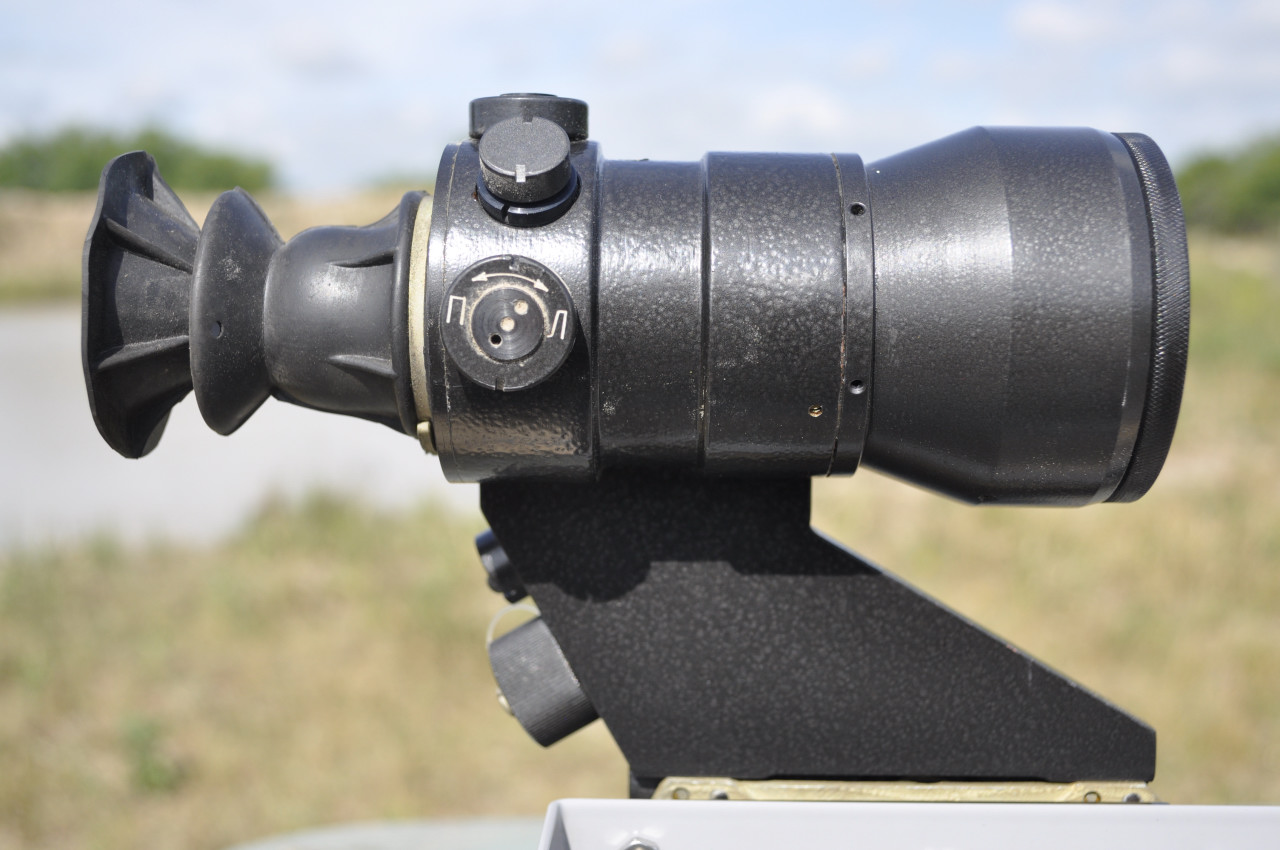
PN-6K on the Tiger. Irons are usable when mounted on both the Tiger or the AK
The AK015 will be the primary rifle for PN-6K.
Believe it or not this is a very handy package on the AKSU. The red dot on the Stormwerkz mount is not visible to the PN-6K and the PN-6K helps balance against the Mini 4 suppressor
Also equipped with a ZenitCo B11 lower hand guard and Surefire X300 light
Night Vision Testing
I have to say this is often a serious PITA.
Between focus issues with the eye relief of the
scopes when shooting with my D90, and finicky cell
phone cameras plus the wonderful scorching Texas sun
it can be a real challenge to get decent photos. I am
still working on the techniques but for now these will
do.
1PN93 / PN-6K daylight view at 100 yards. My
friend posting a target is just over 6 feet tall
Daylight view at 300 yards. Just below the reticule is the shooting bench, which is about 2/3 man height. This was a tough photo due to the bright Texas morning which really caused a lot of lens flair and blurriness. The actual view through the optic is much much better
PN-6K1
While the camera makes the image seem less focused
than PN6K, PN6K-1 is actually the clearer and more
focused of the two. If I had to pick only one of them
it would be PN-6K1
PN-6K
1PN51
1PN114
Here again the camera does not do 1PN114 justice.
It is really a big step forward from 1PN93
PN-6K1 On the OVU-1
boresighter
1PN93 in the Ukraine-Russian conflict
(from the former militaryphotos.net).
This appears to be a wildly used optic based on
the random photos that were taken of Russian
airborne troops in the Crimea and Ukraine in the
early days of the war.
Note that there are two or possibly three versions
of scopes in these photos, however it appears that
on NPZ's
website these are all considered 1PN93.
There is some discrepancy in the accuracy of the
photos on NPZs site around 1PN93-1 and -2, and it
is not the first time their website has shown
misleading photos. It is likely that there are two
versions of 1PN93 (with -1, 2 and 3 being the same
version in two colors), and a slightly different
model being called 1PN93-4, also in two colors.
I am still researching the variants and will post updates when I can
1PN93-2 / PN6K
1PN93-4 Dark Coloration
1PN93-2 Dark Coloration / PN-6K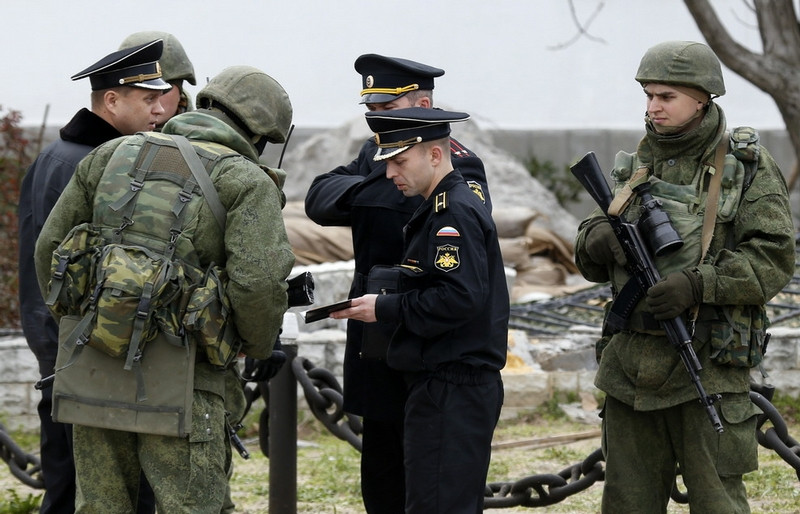
1PN93-2 / PN-6K in service with MVD
(from the former militaryphotos.net)

I suspect that 1PN93-1 and 2 should have the same
photo as -3 and think this is an oversight on NPZ's
page
The primary visual difference between 1PN93-1/2/3
and 1PN93-4 seems to the intensifier tube design, and
partially the optic body itself
